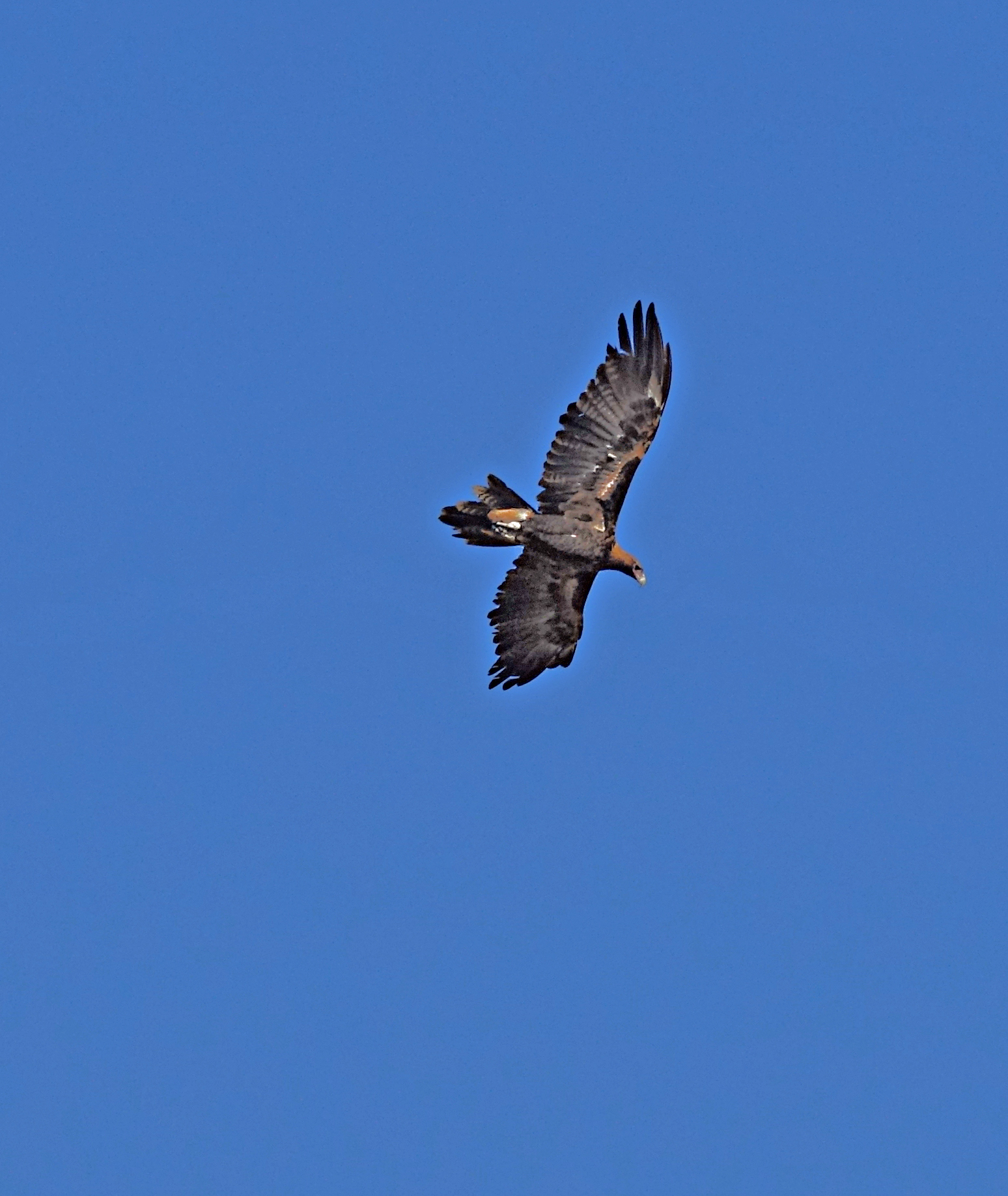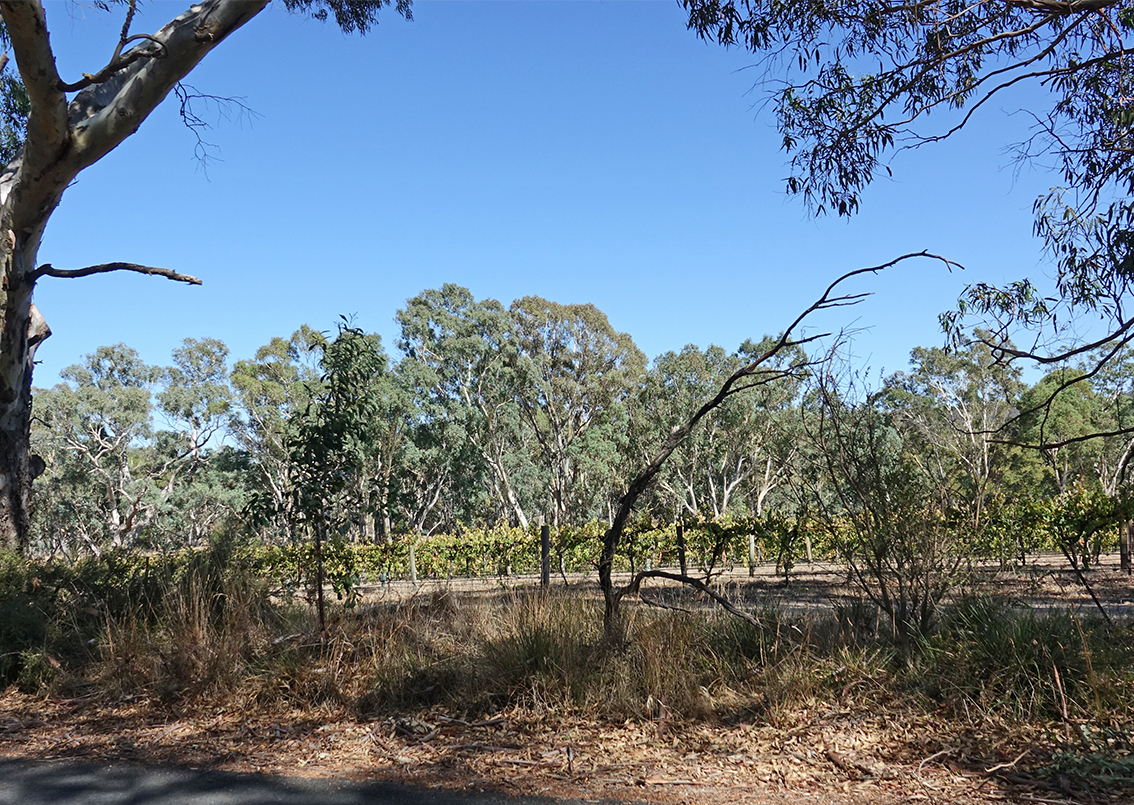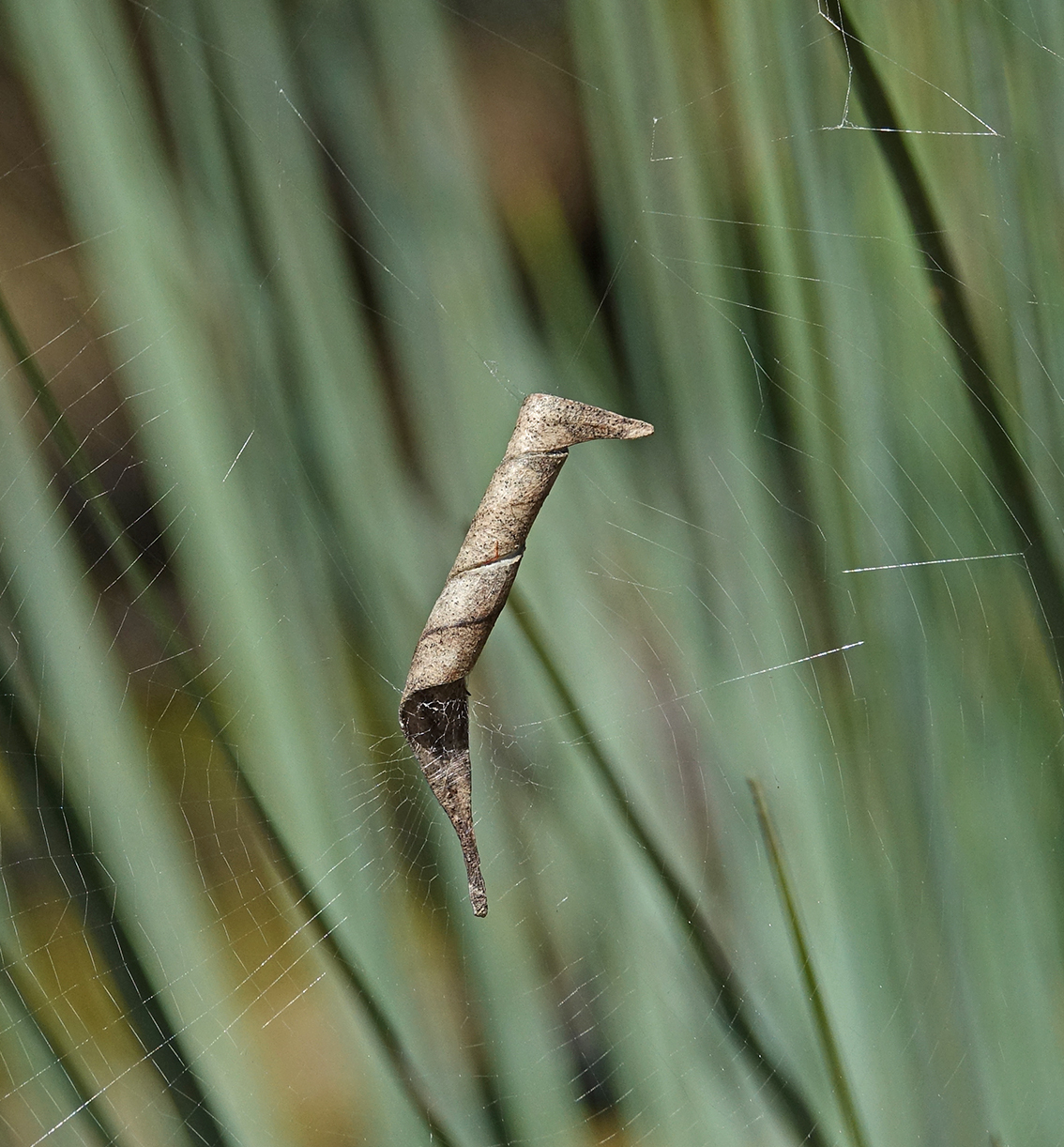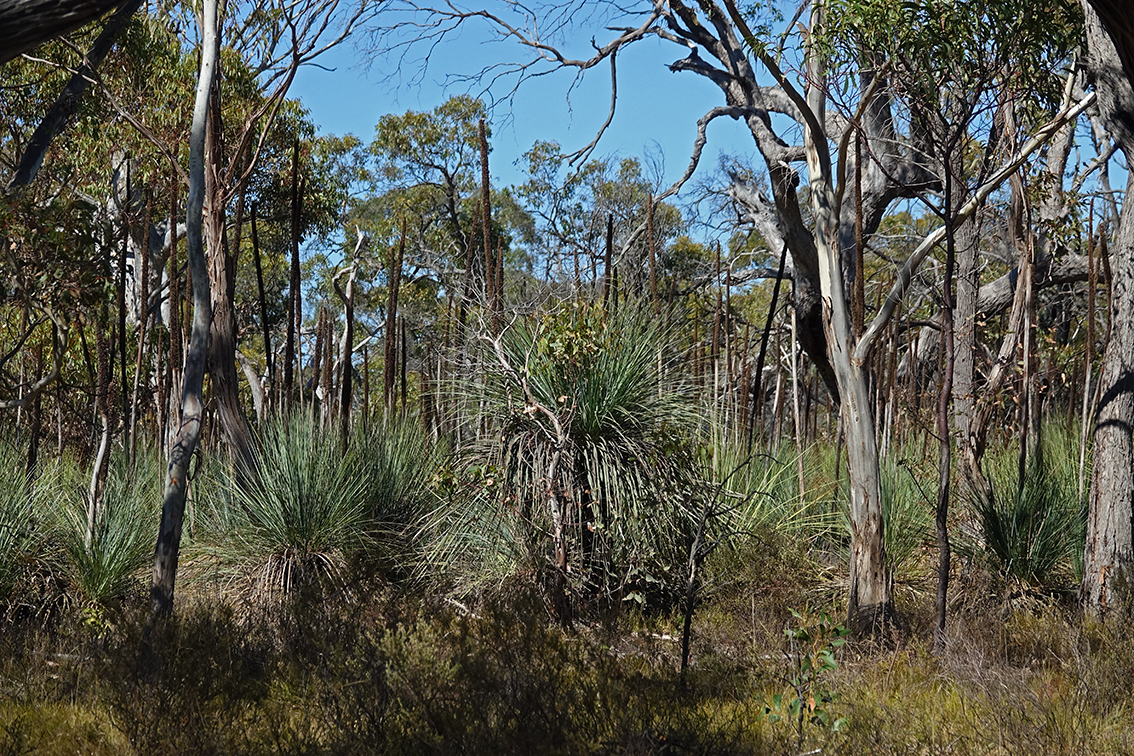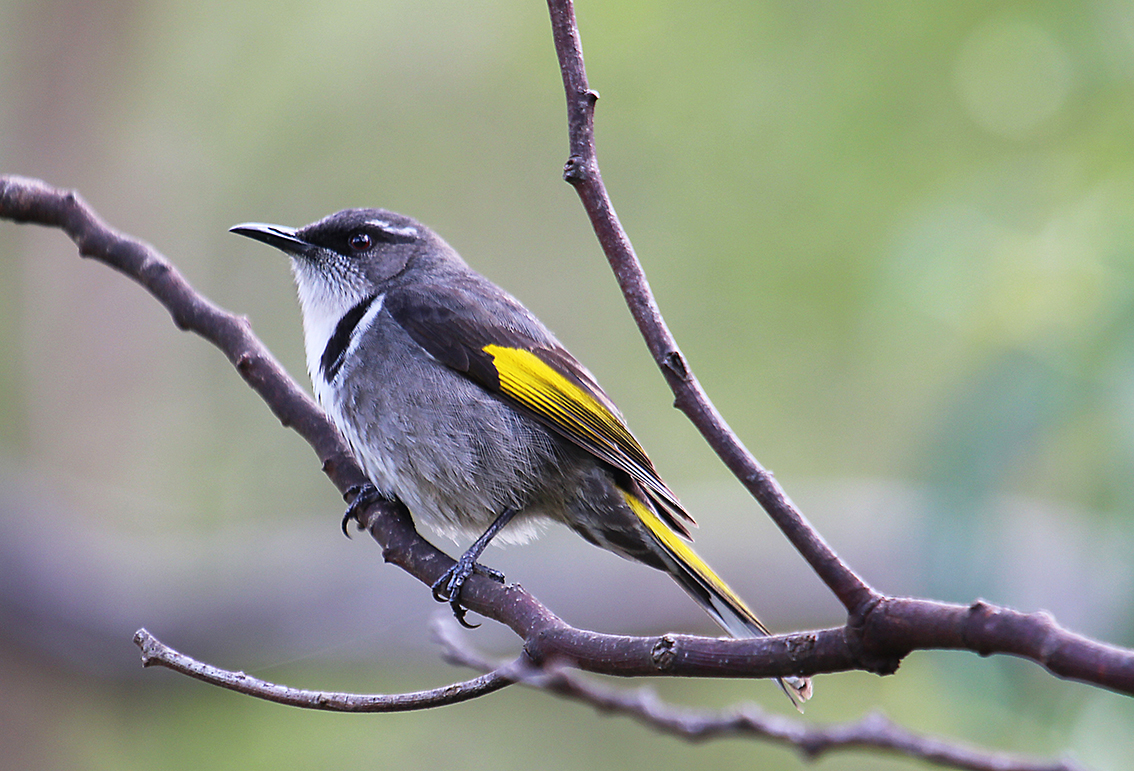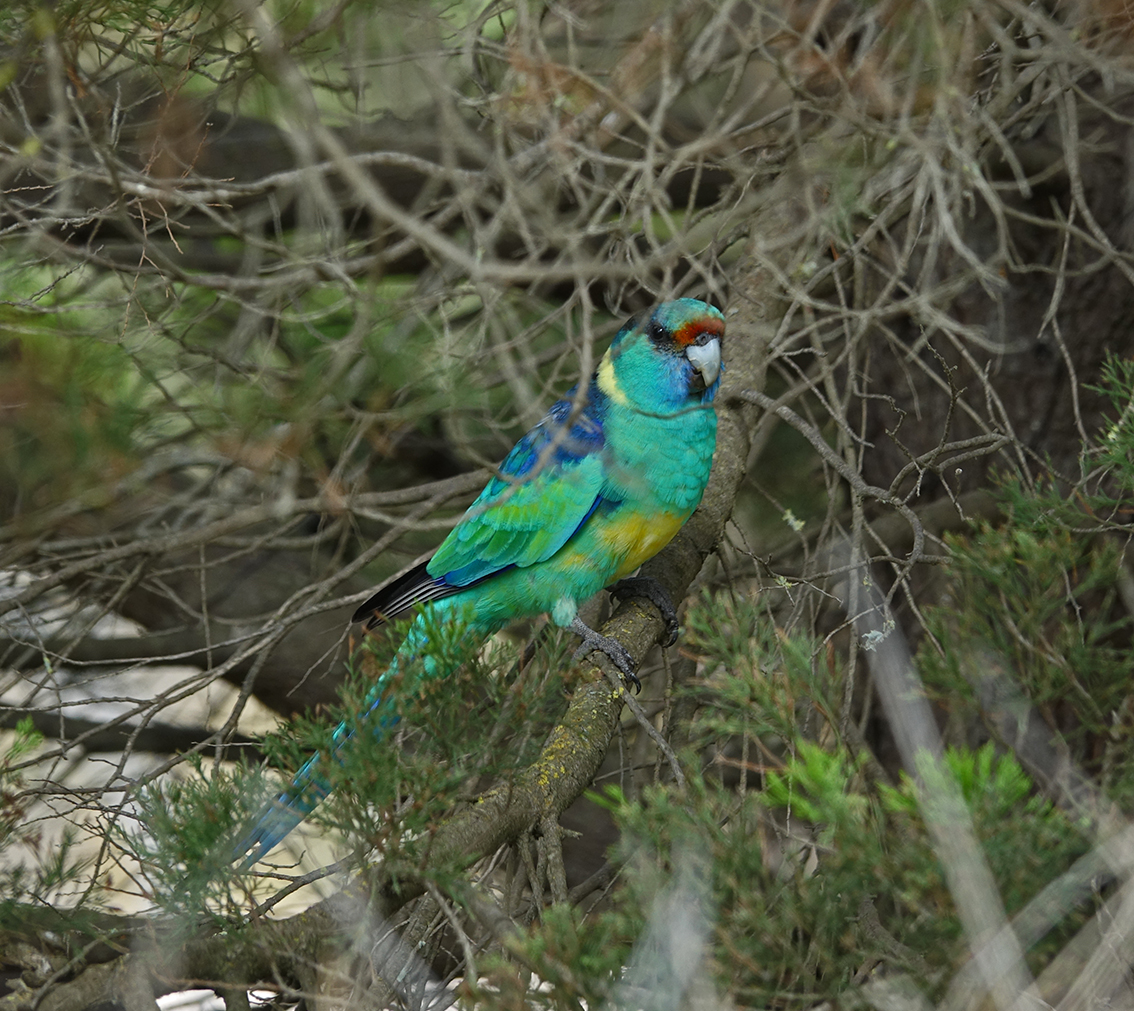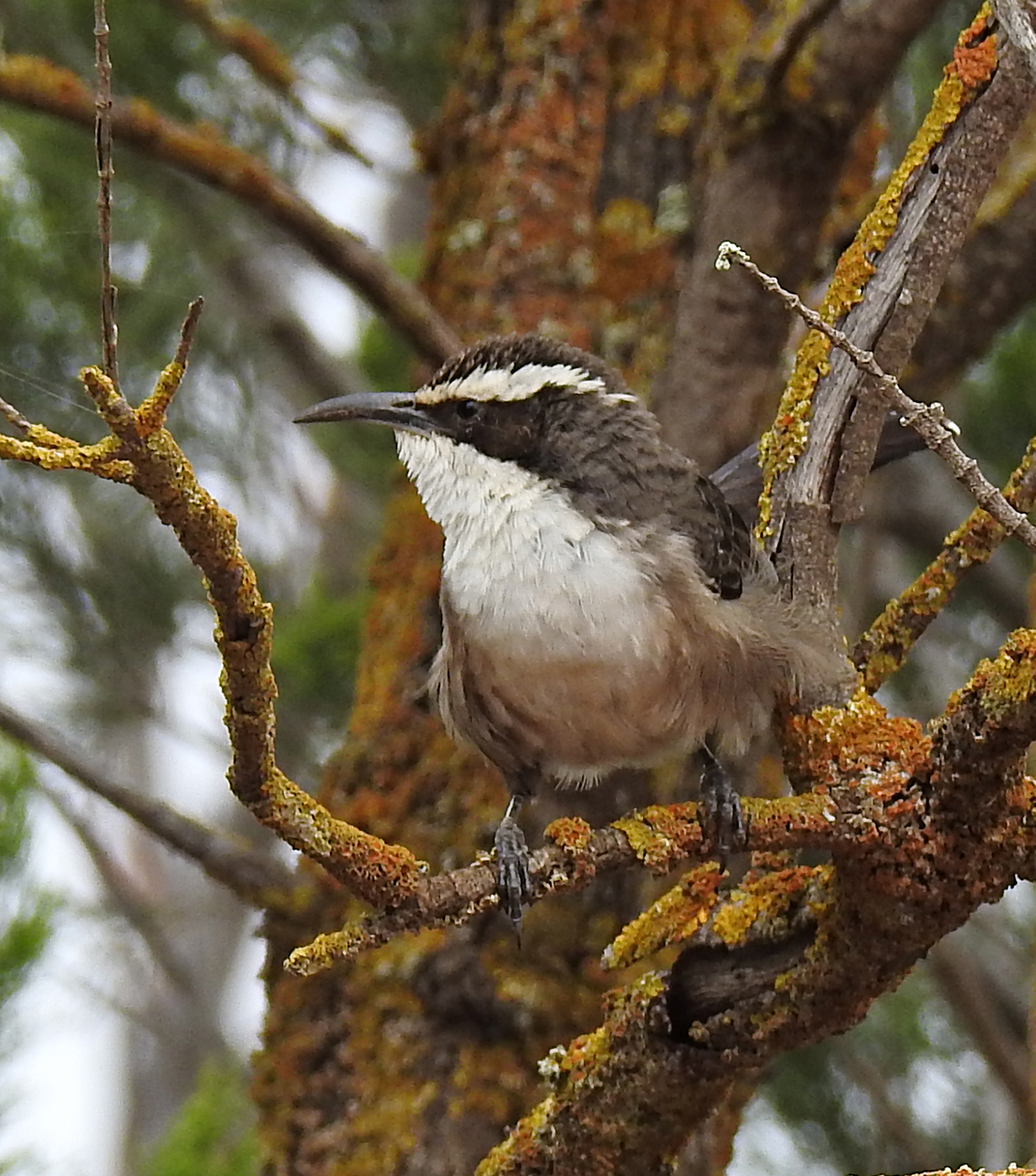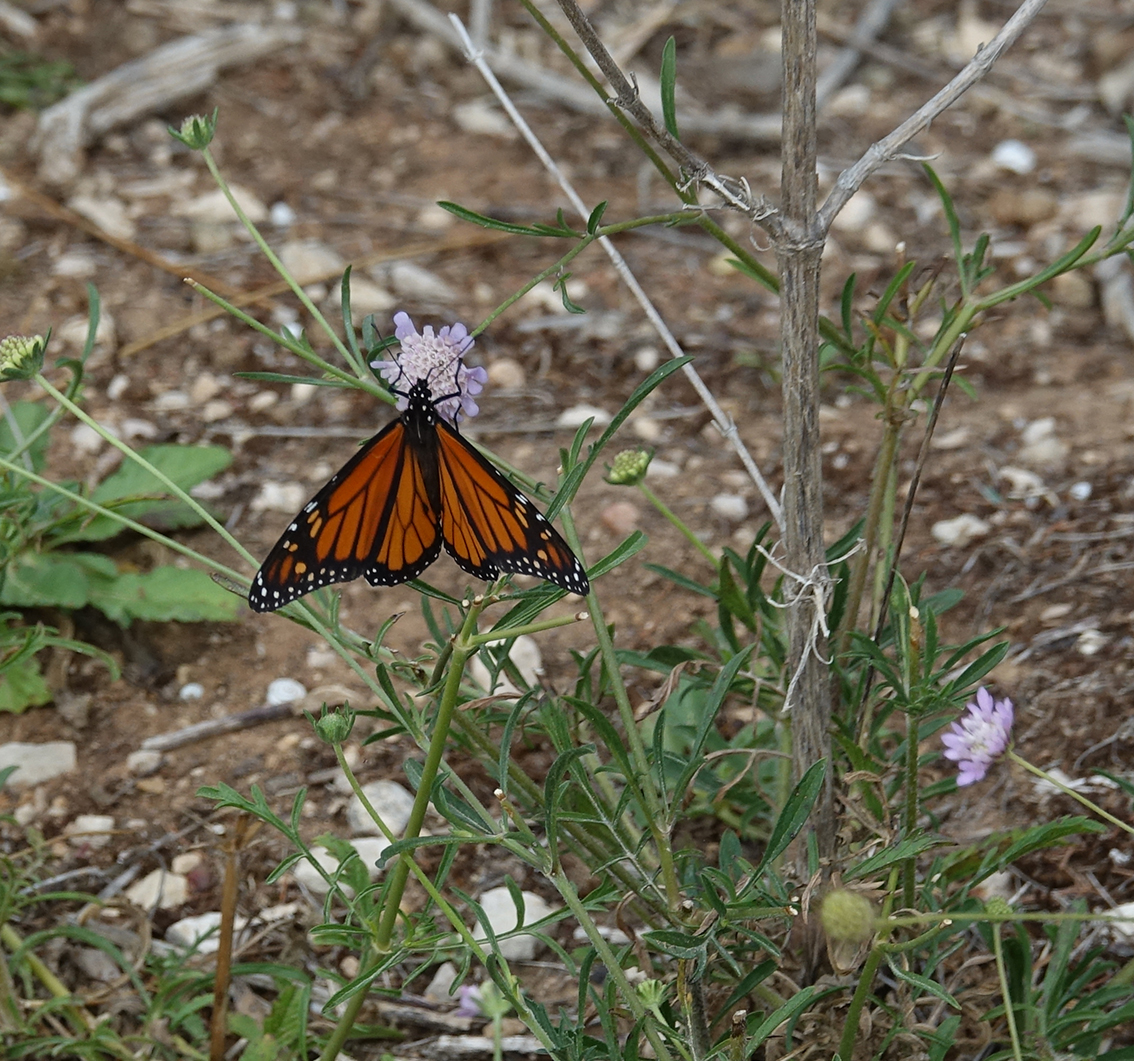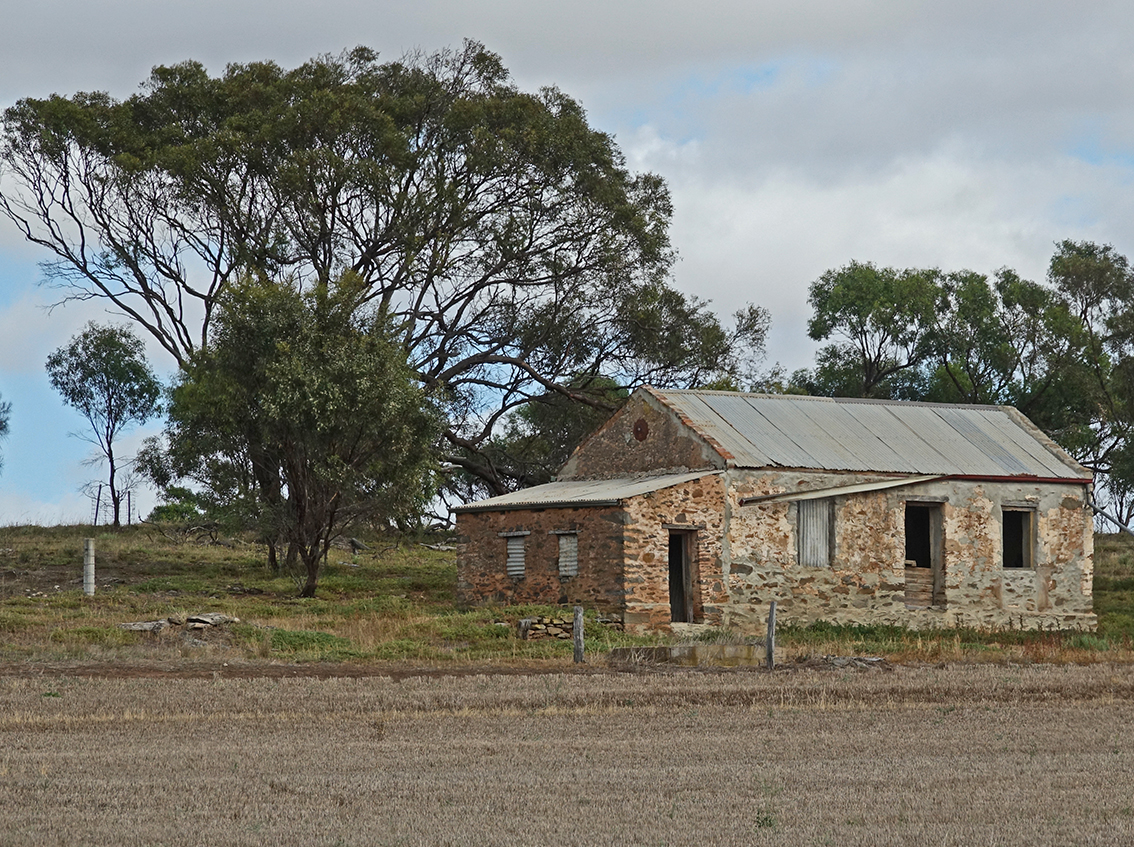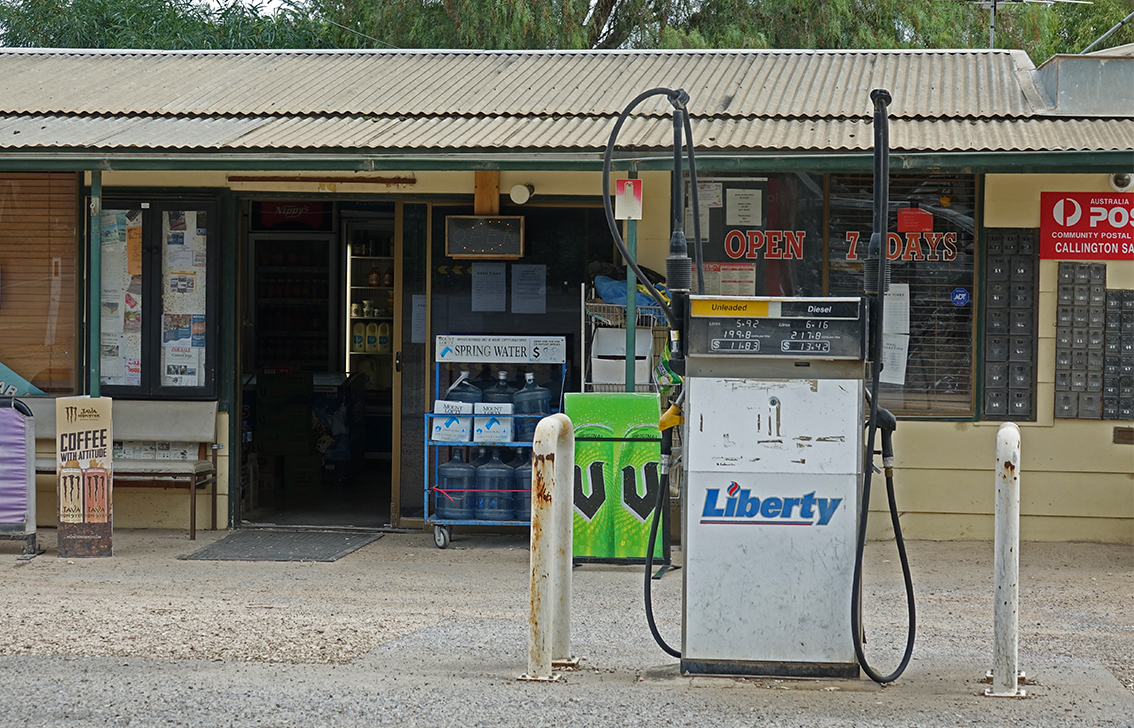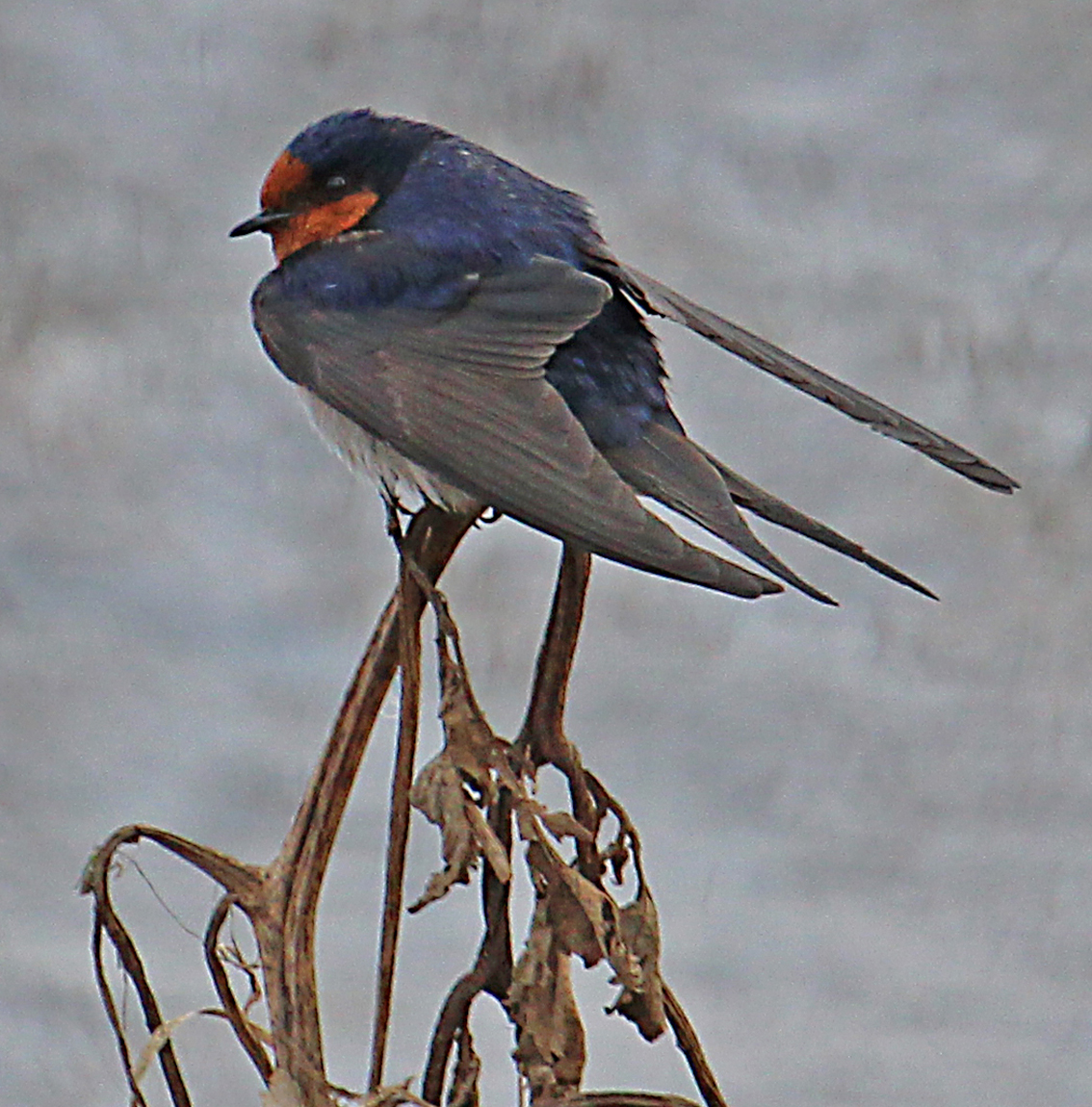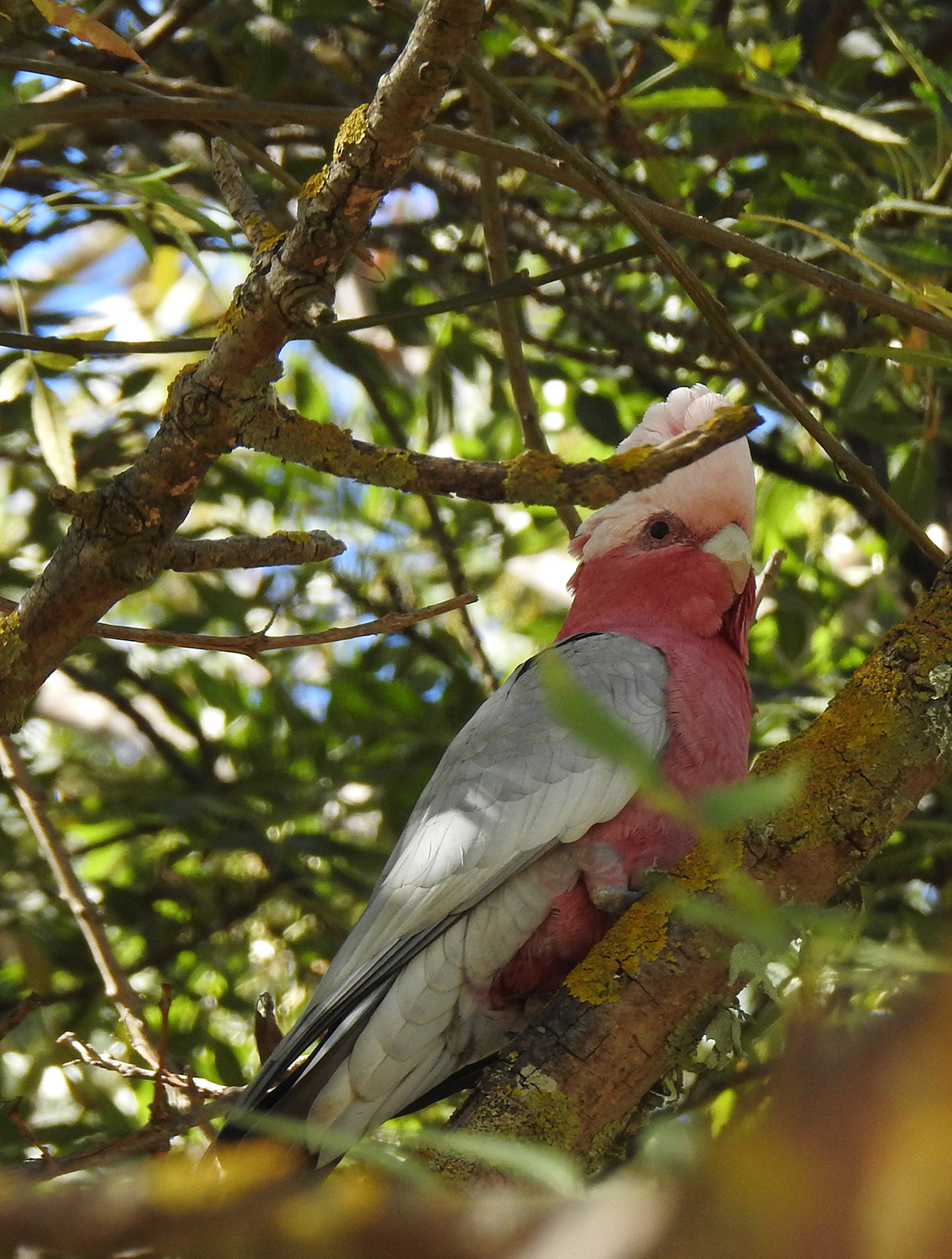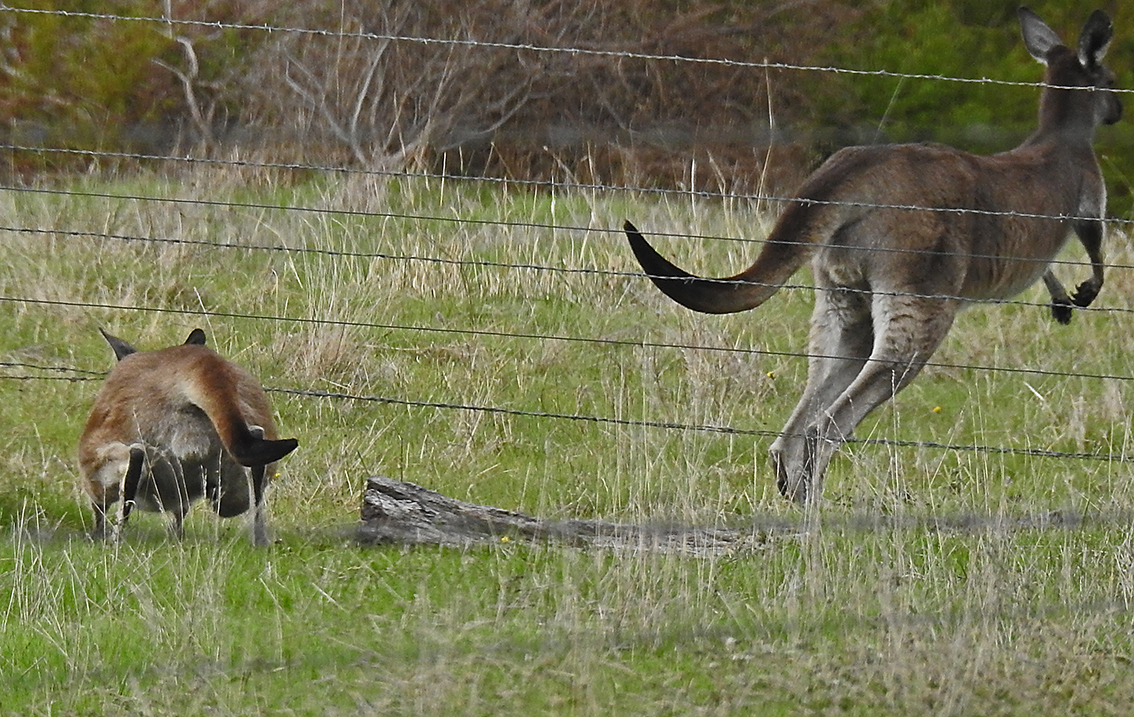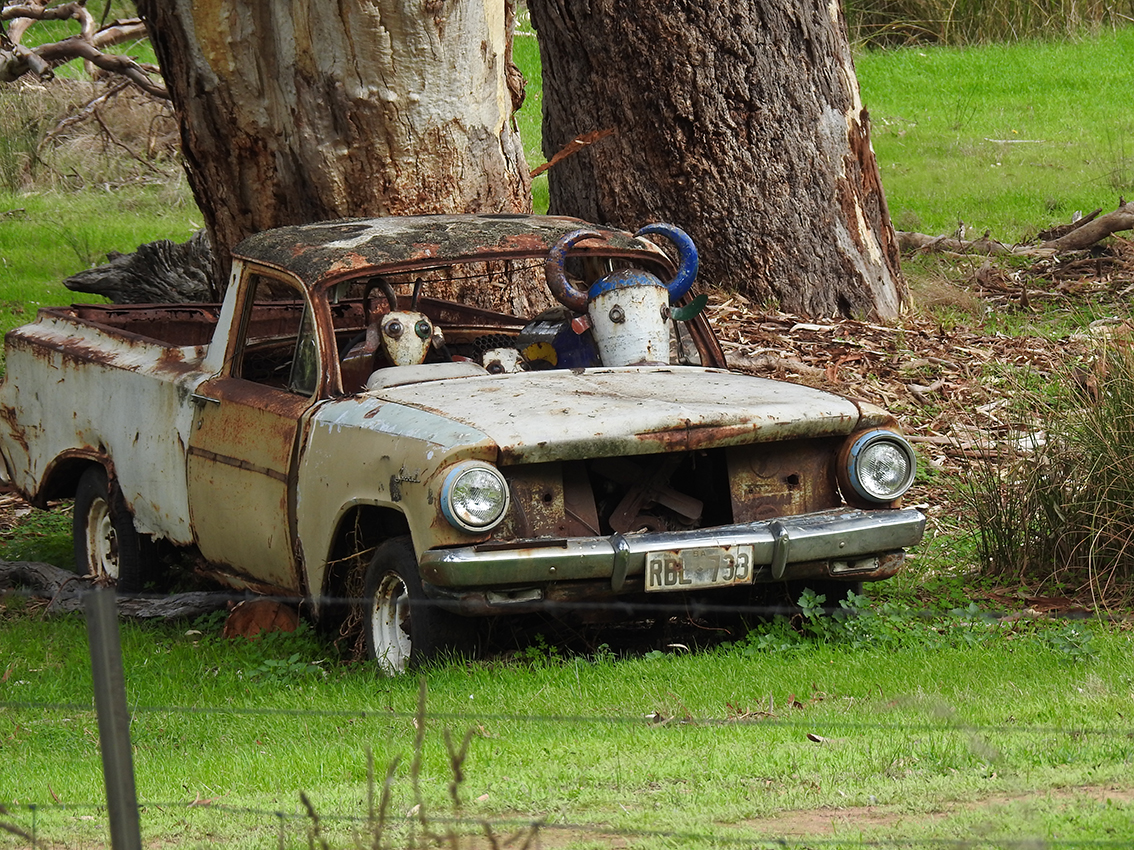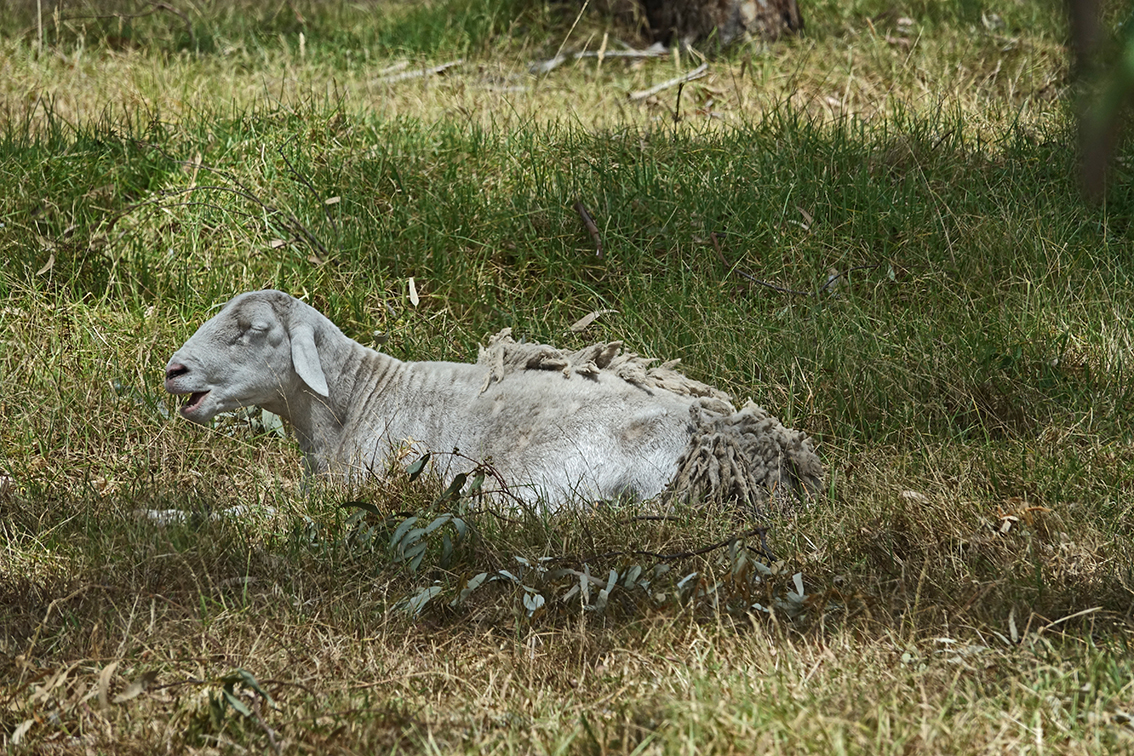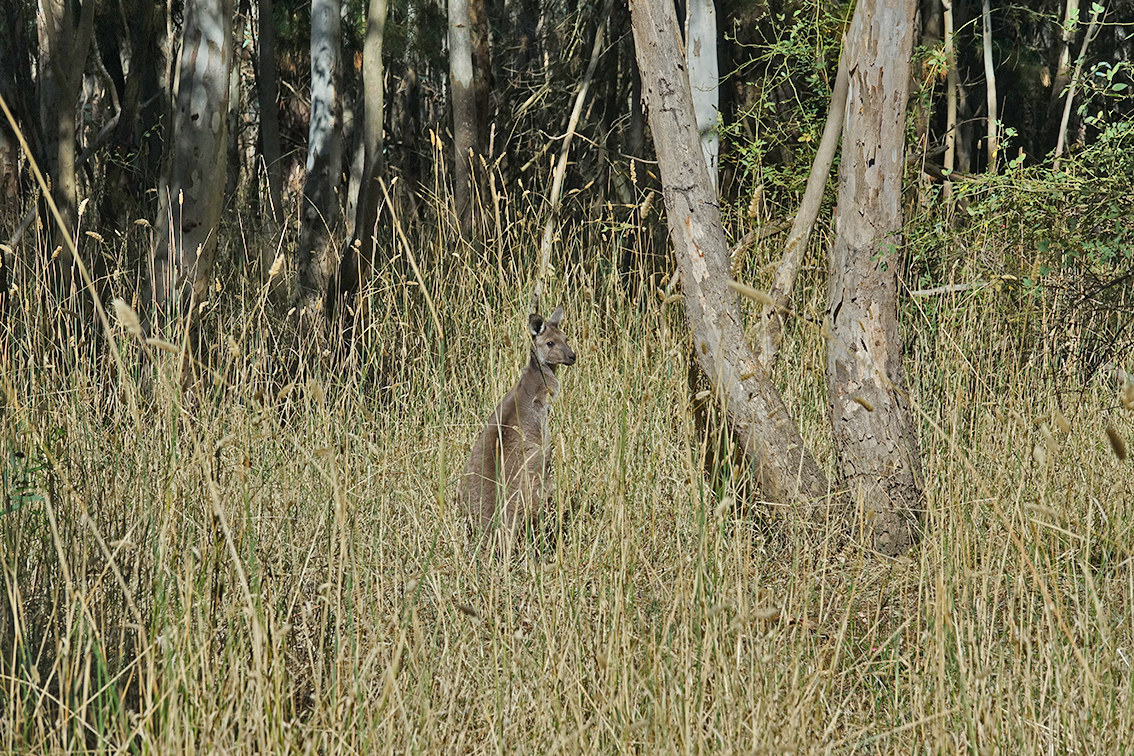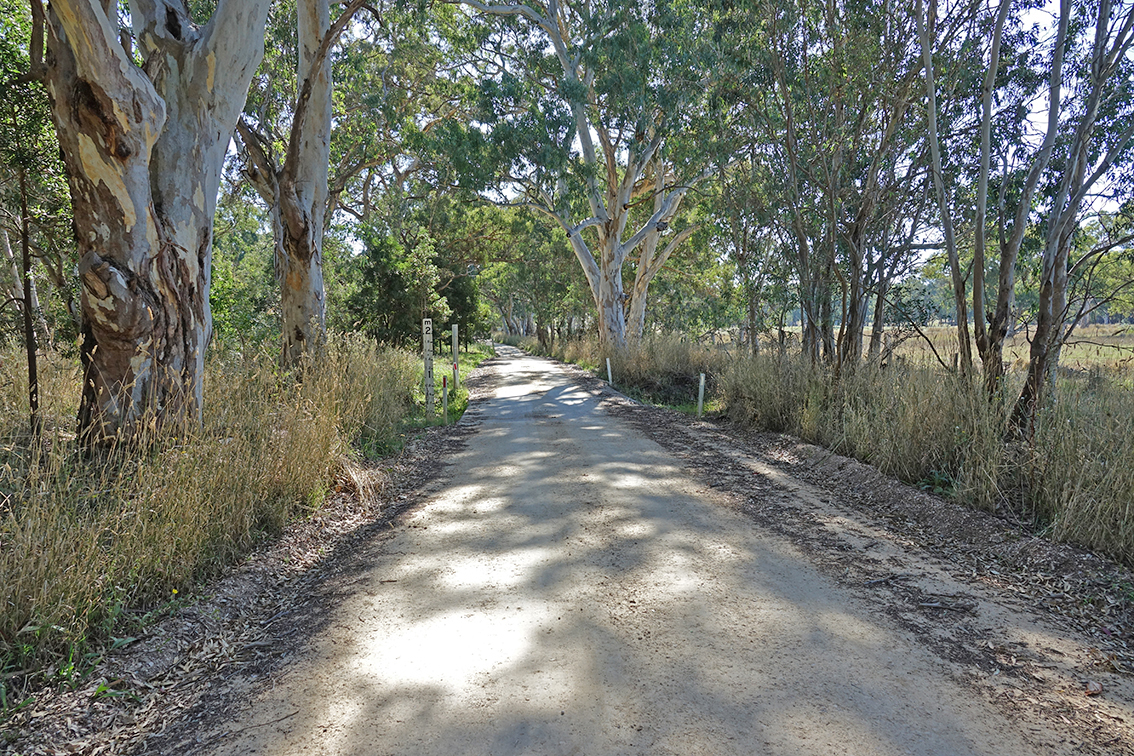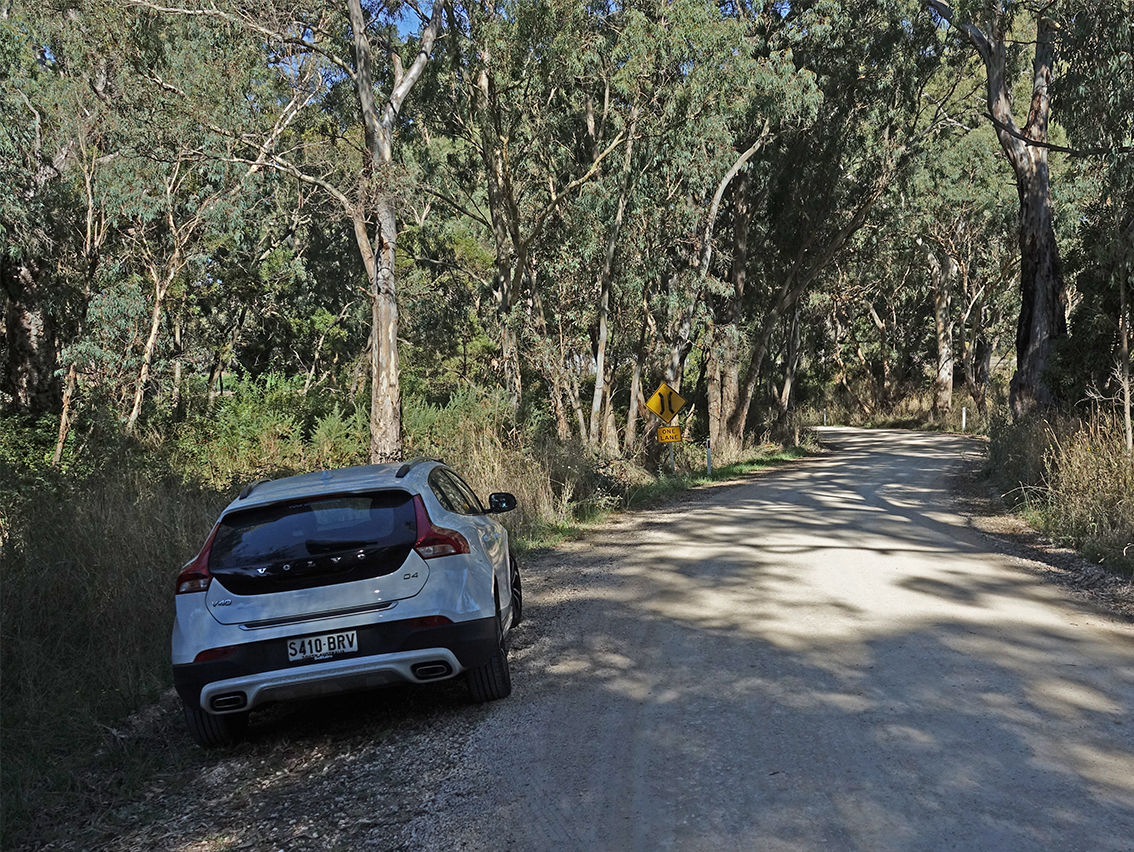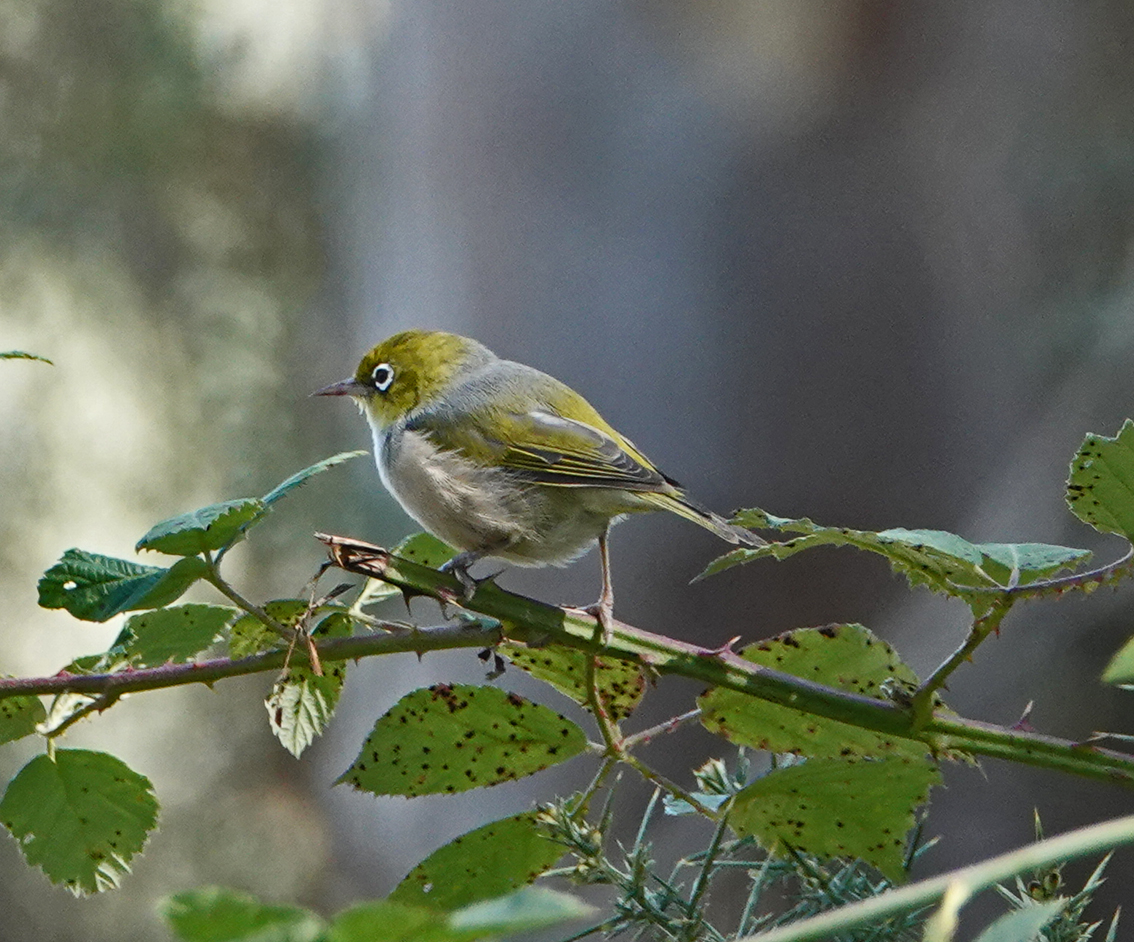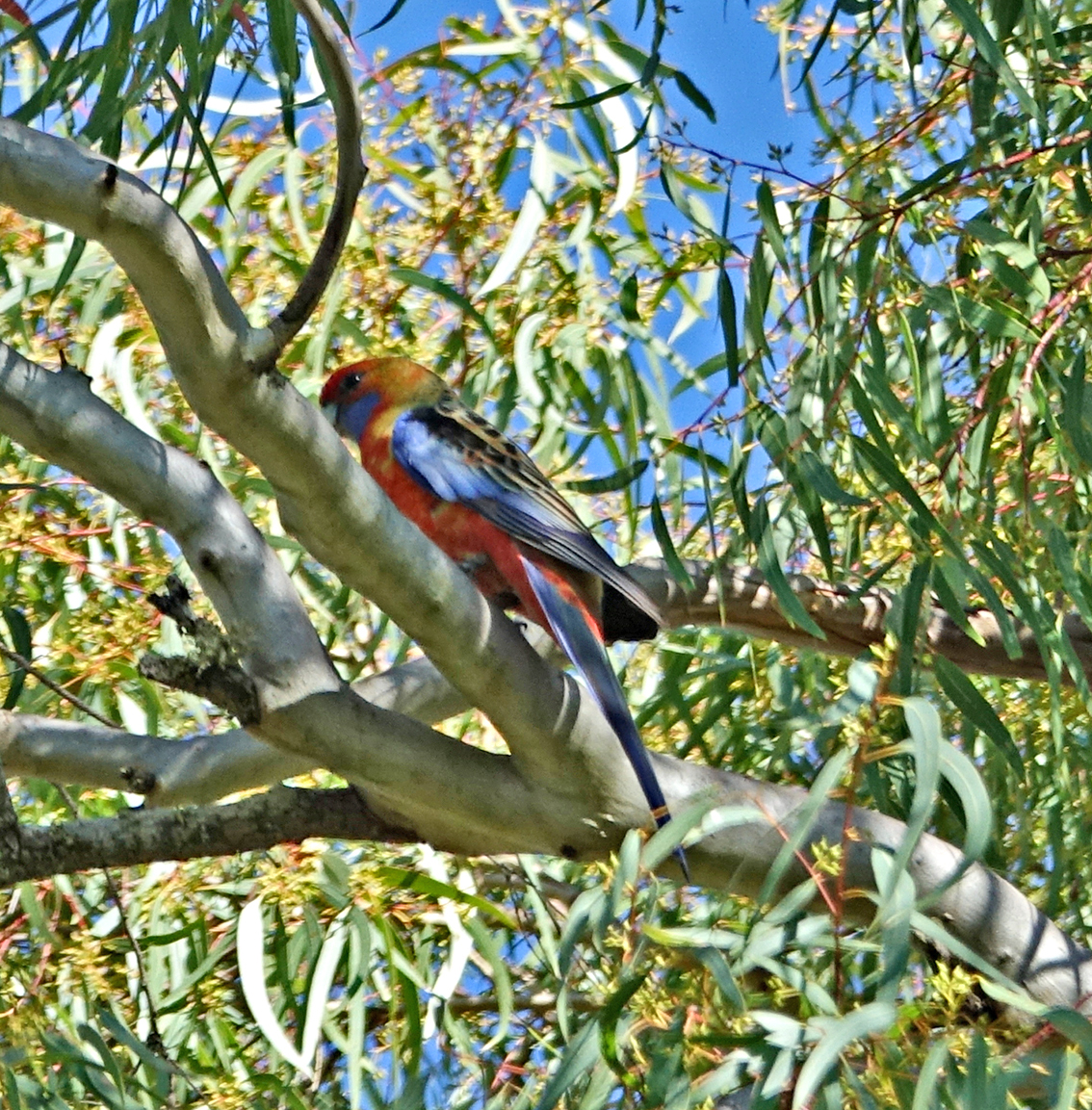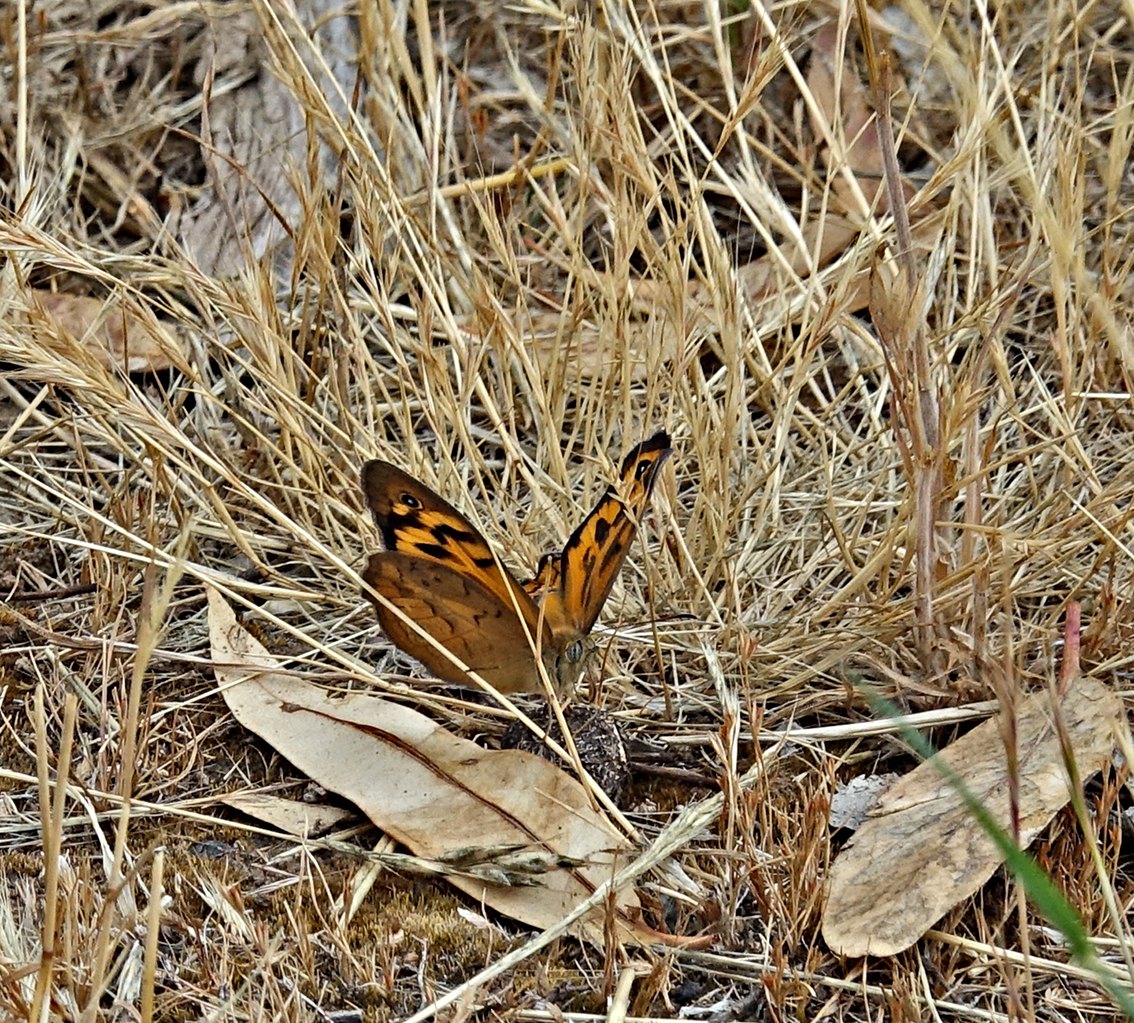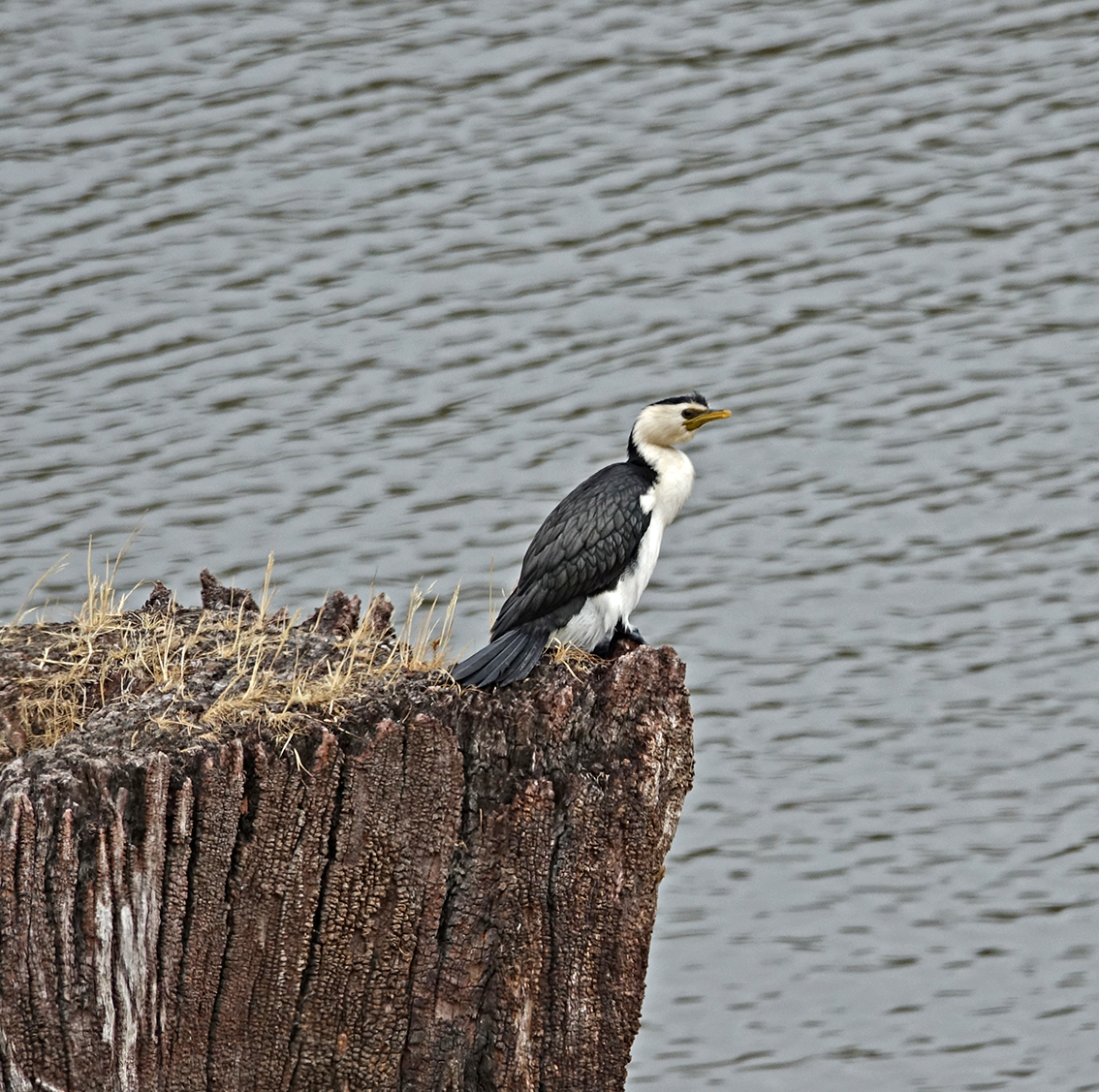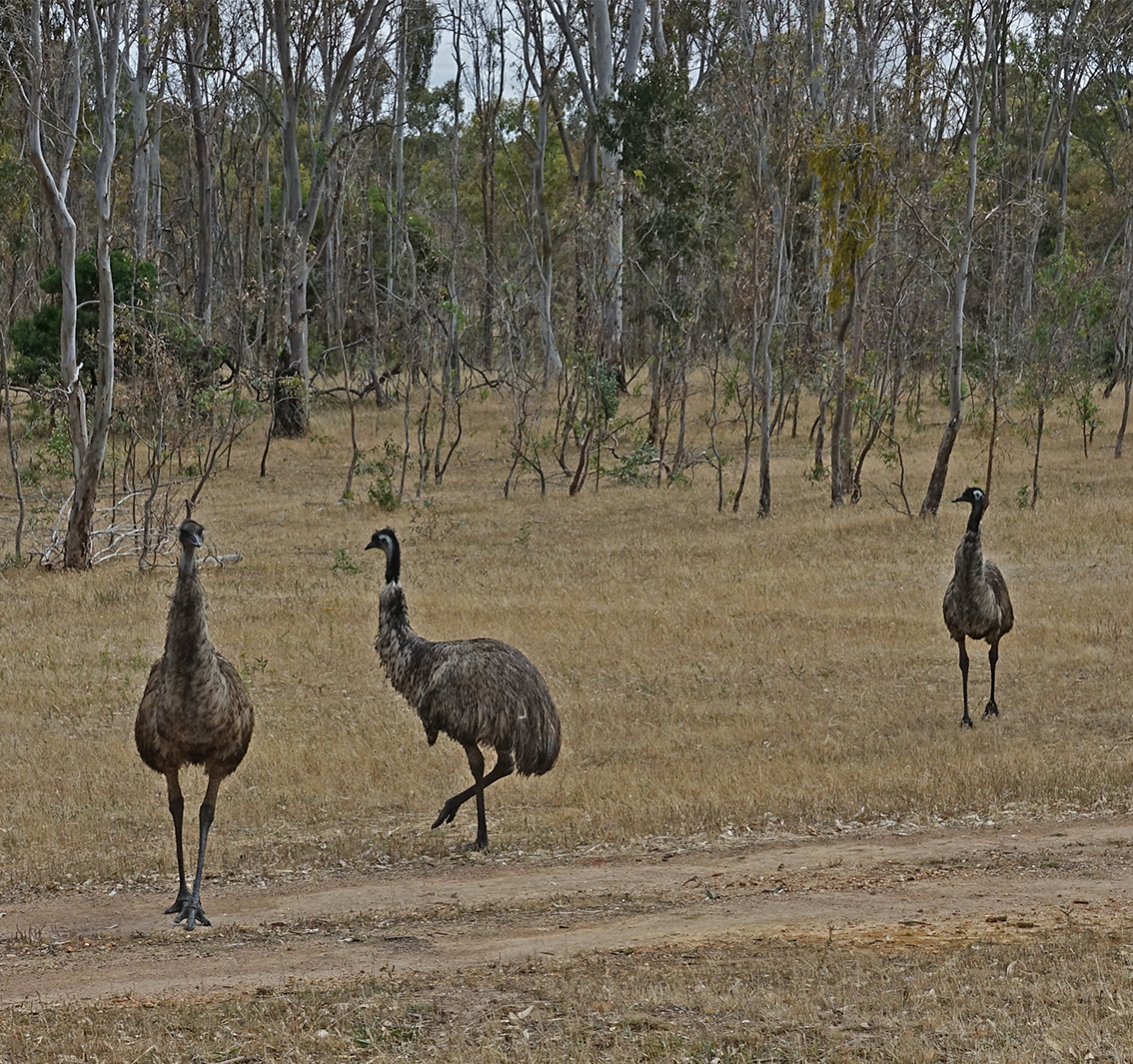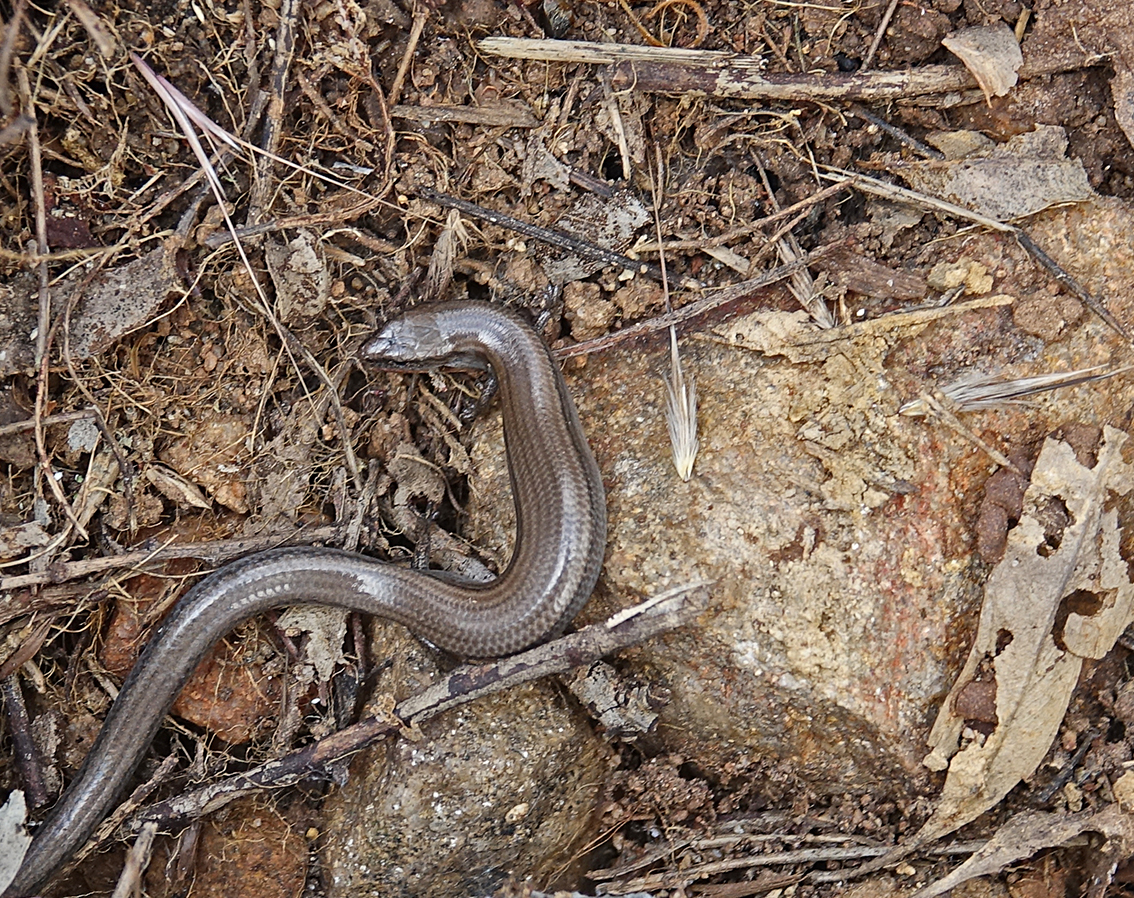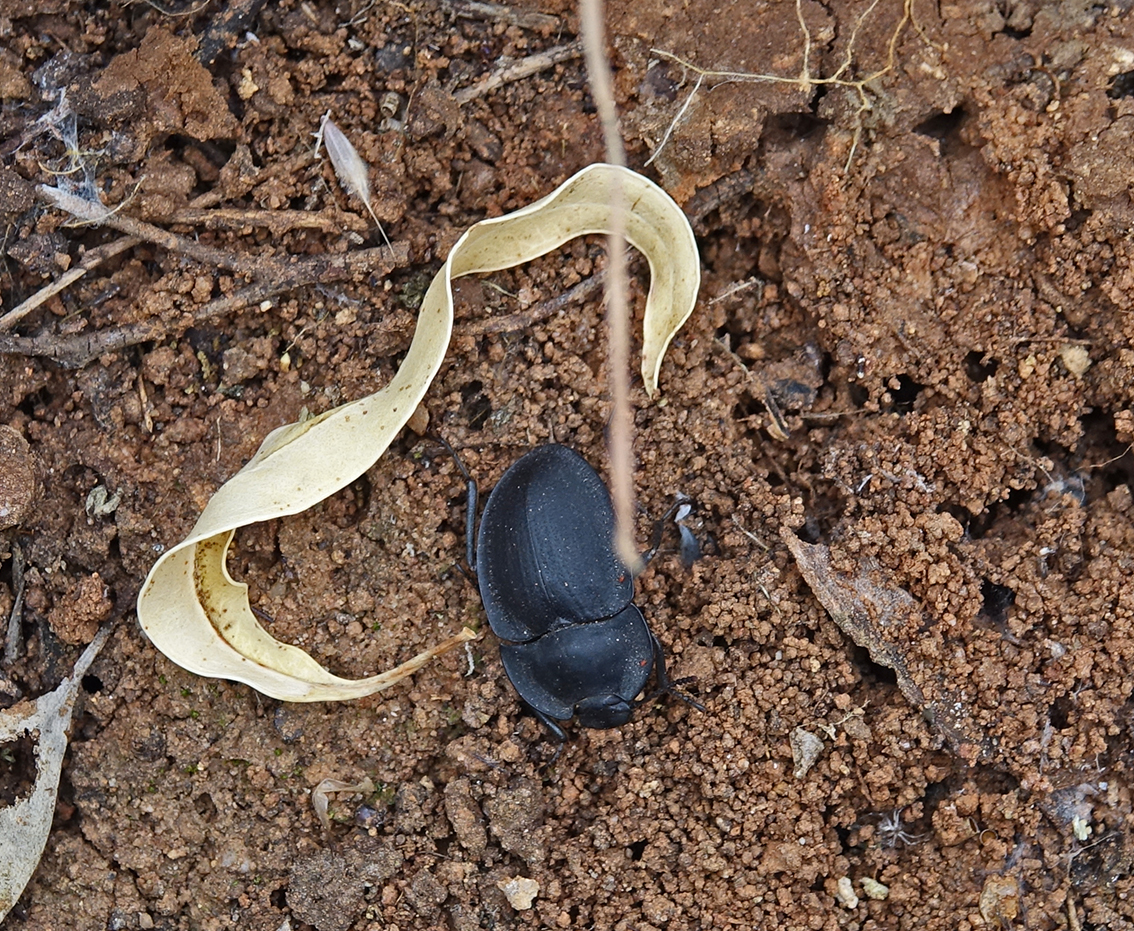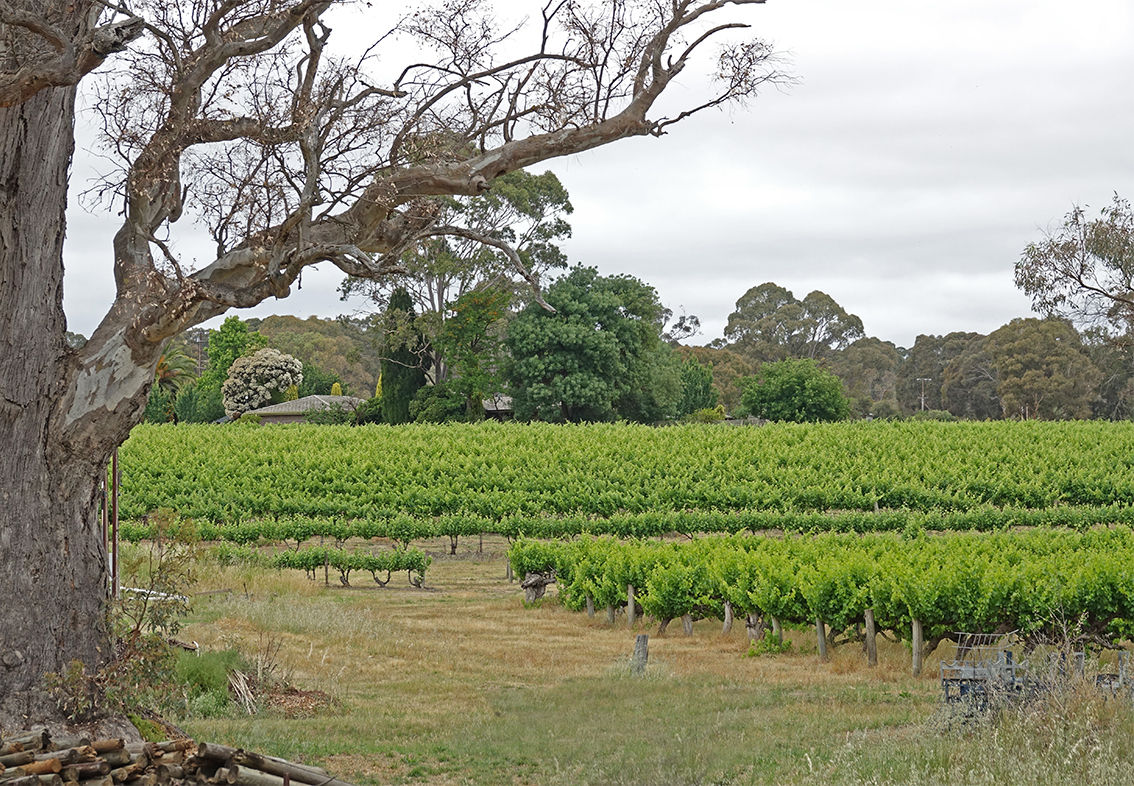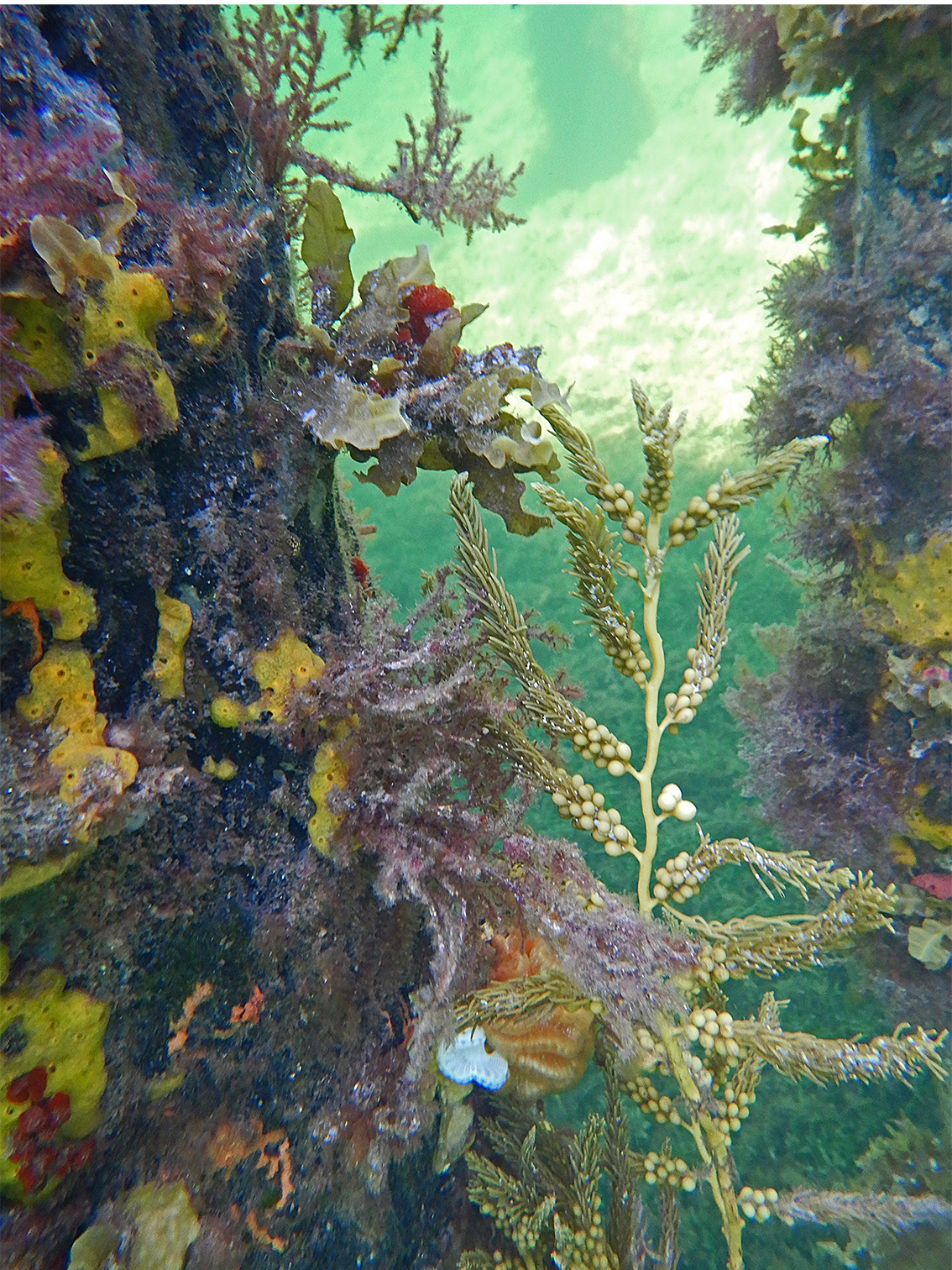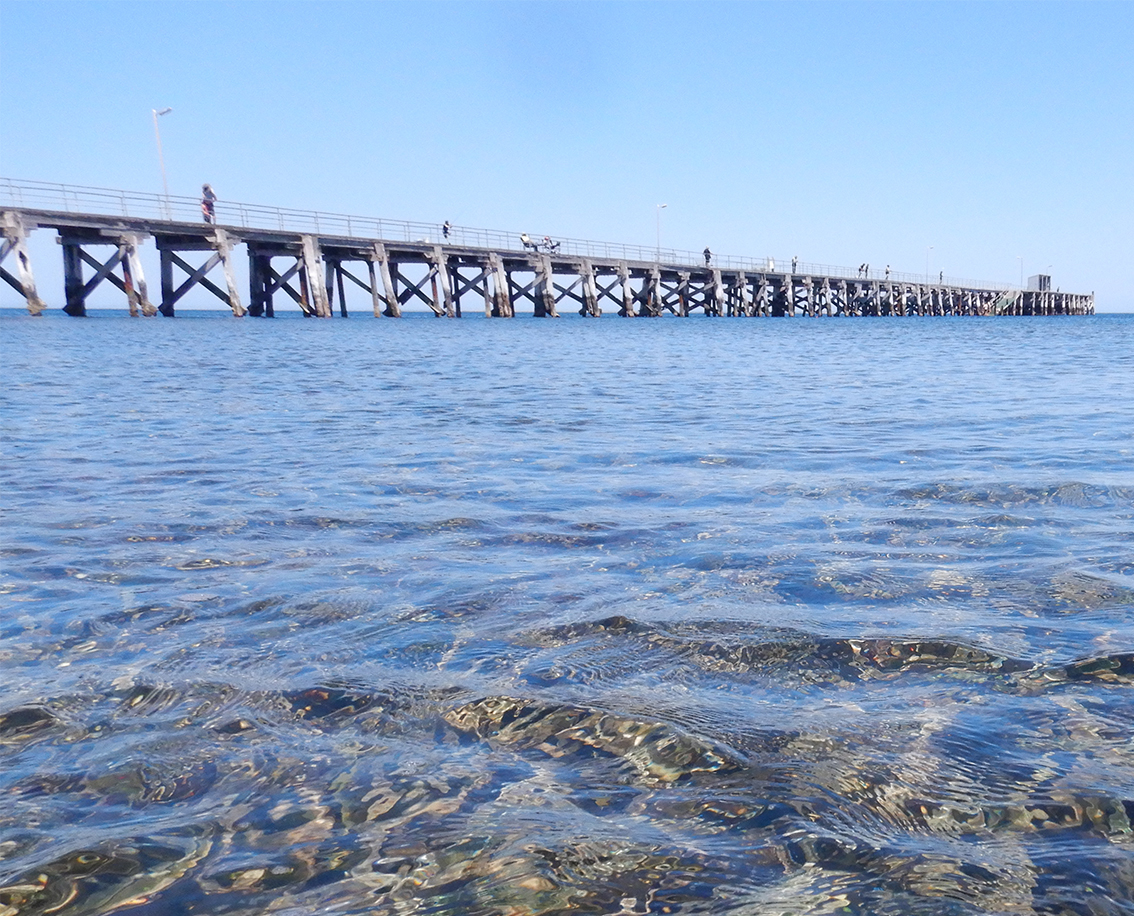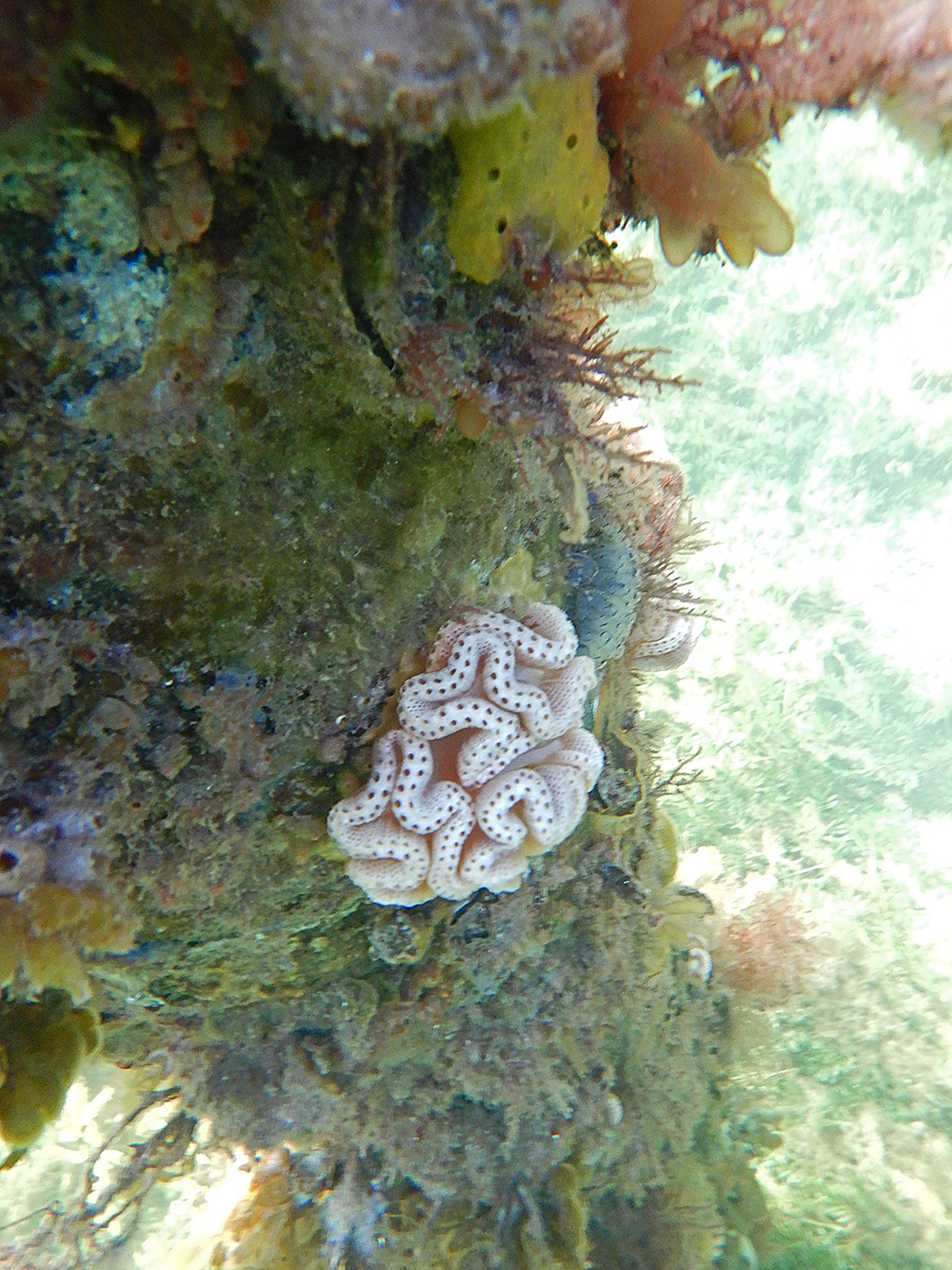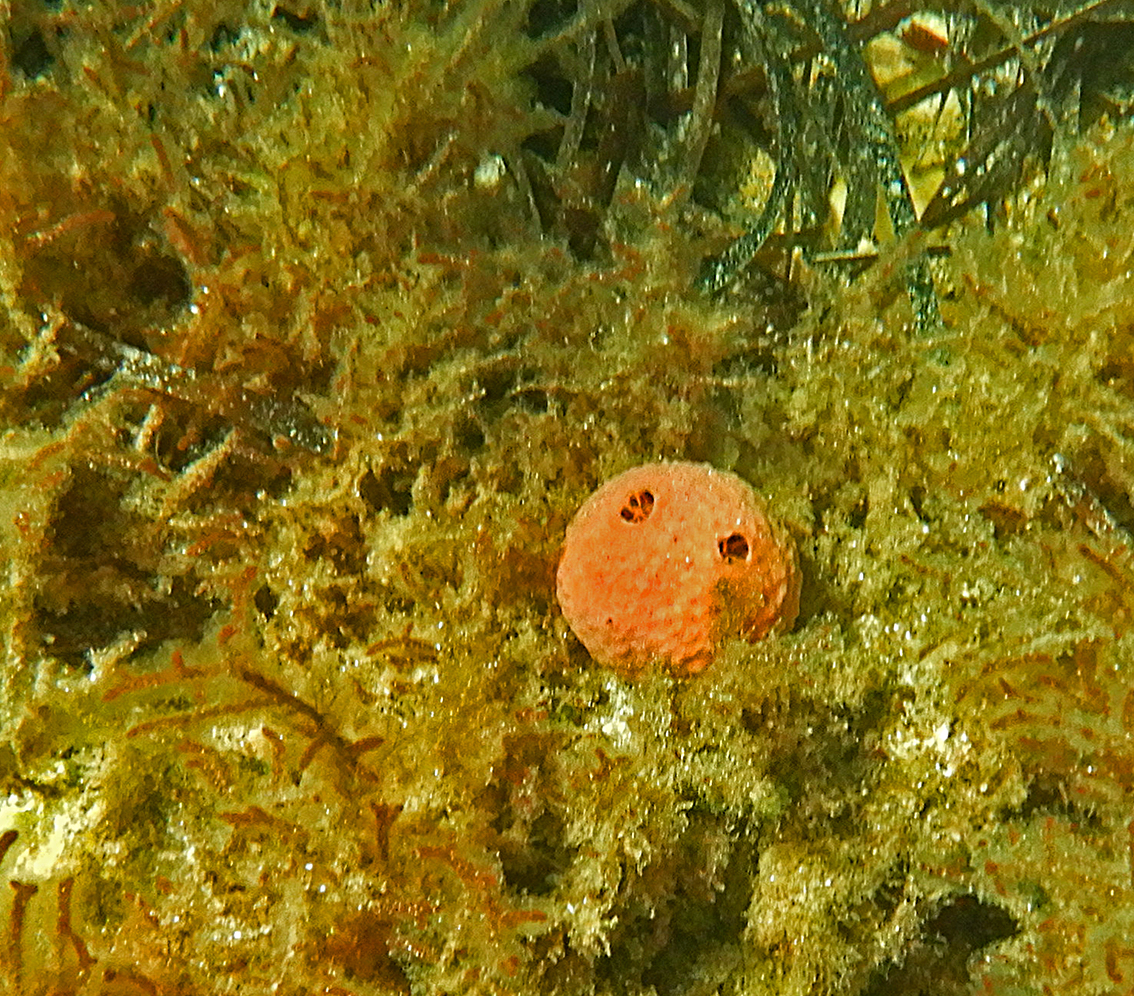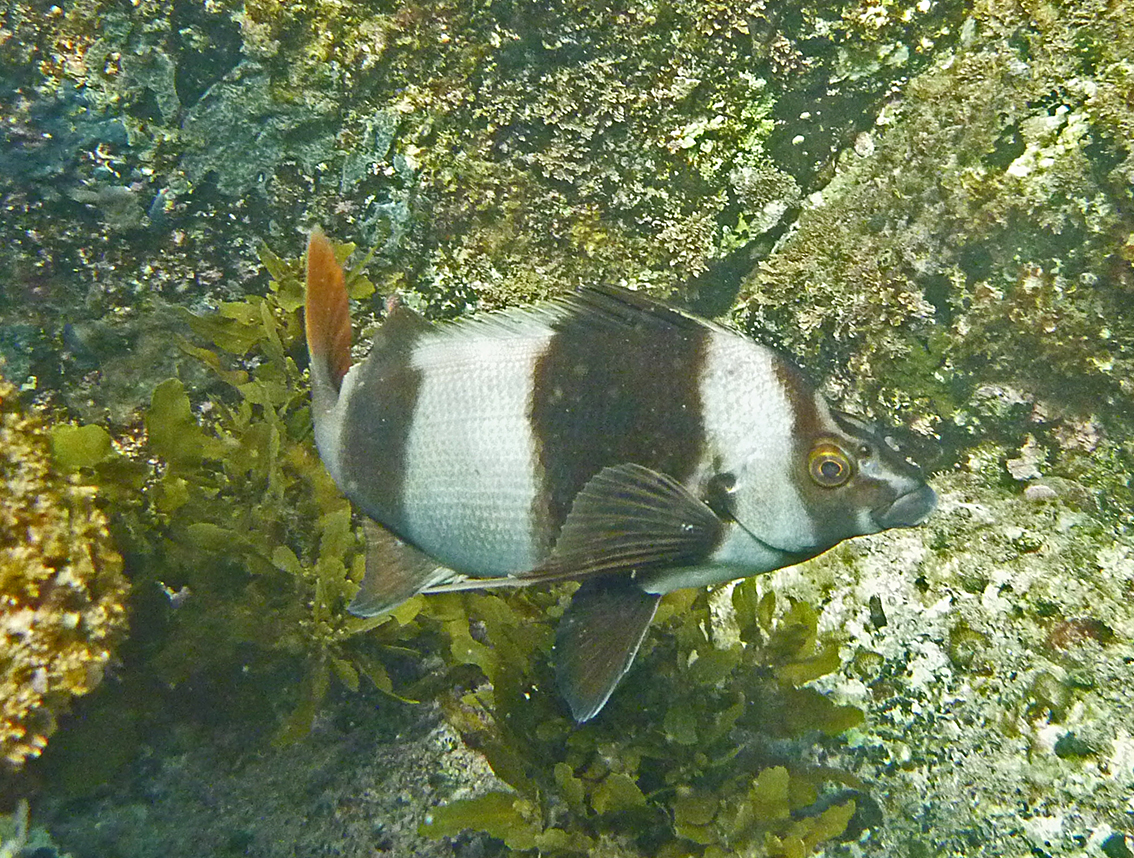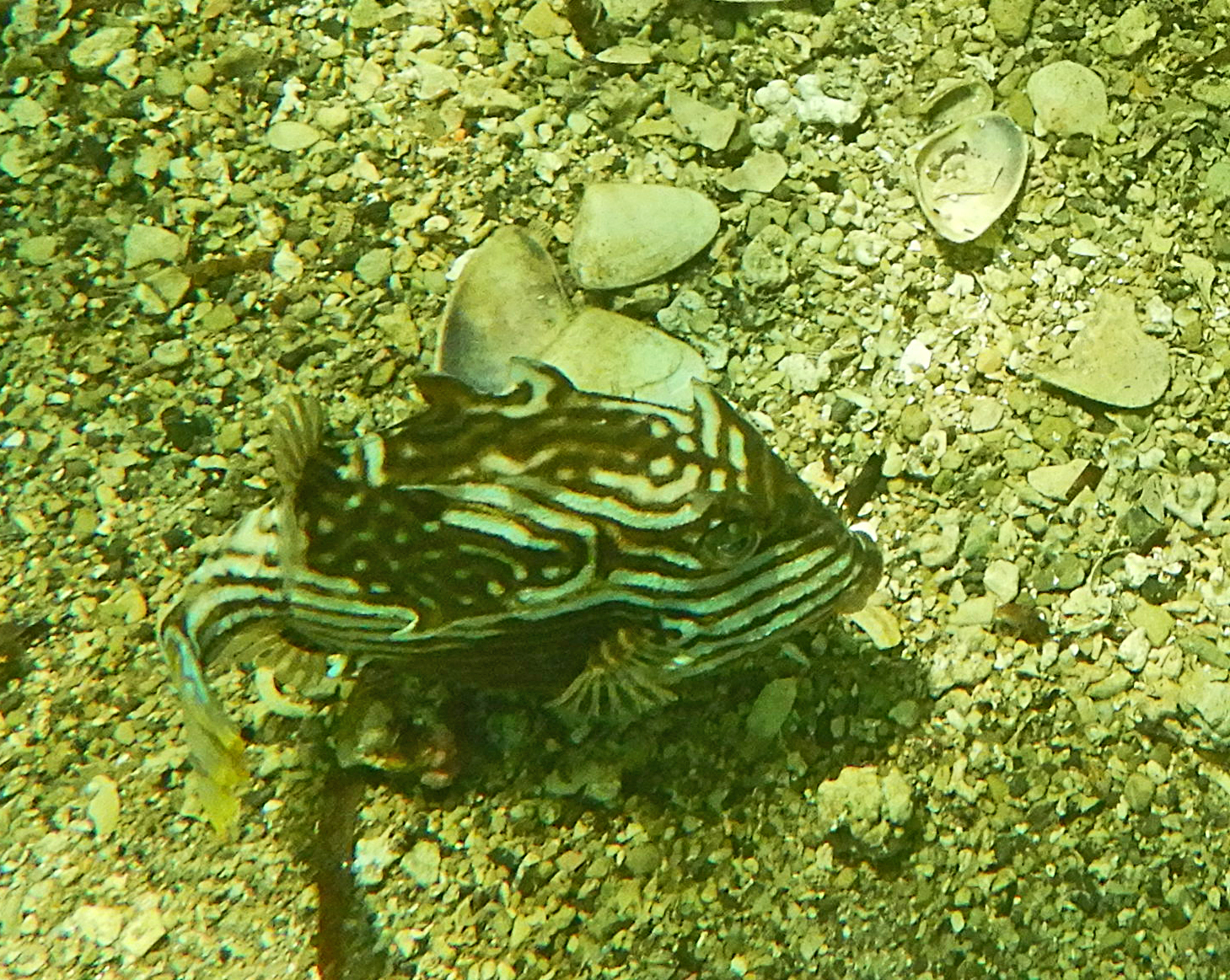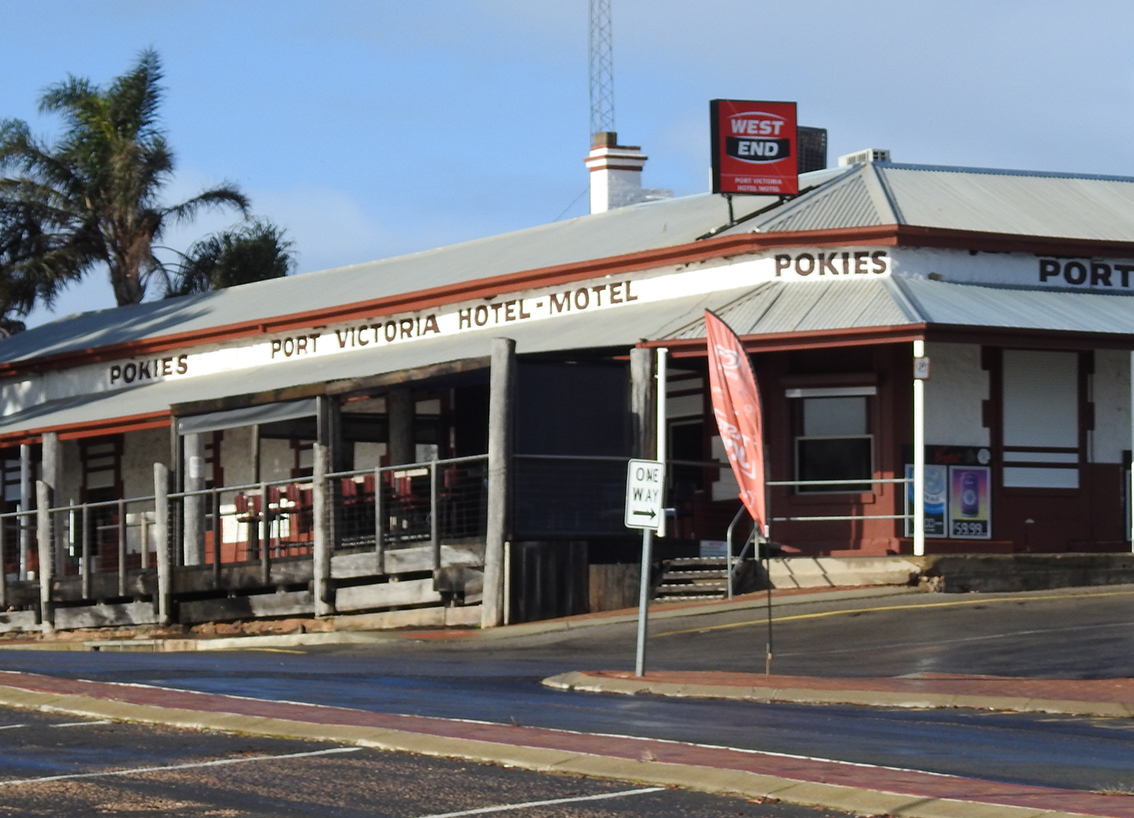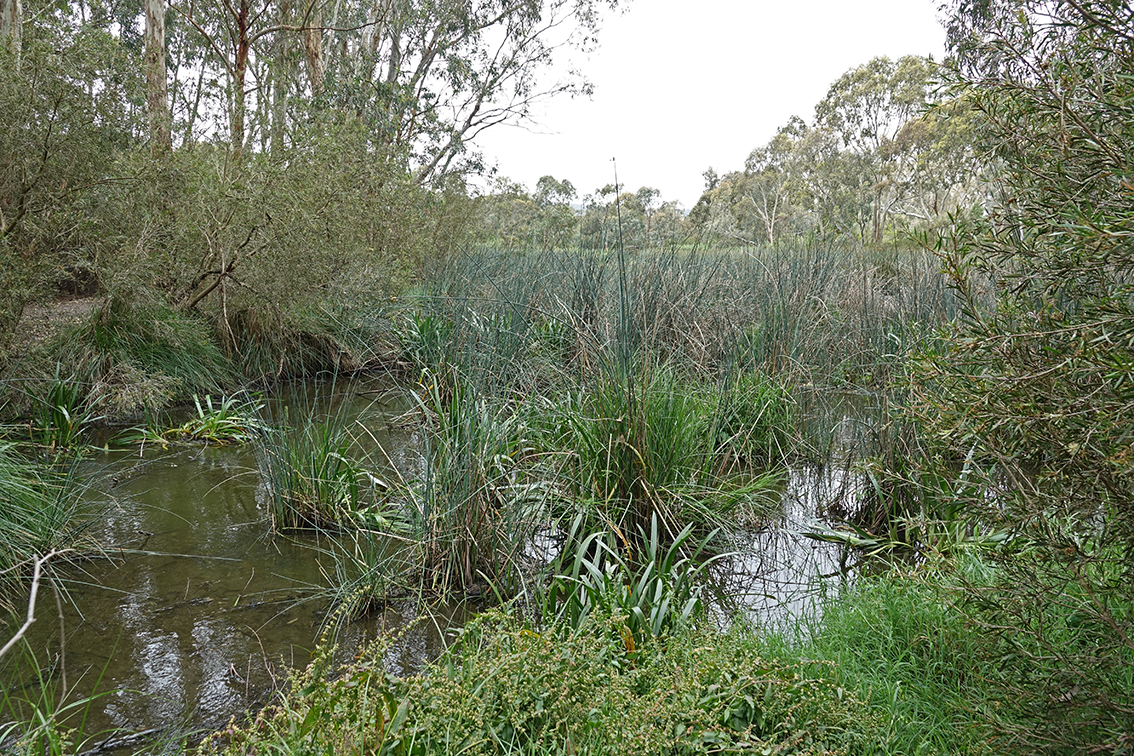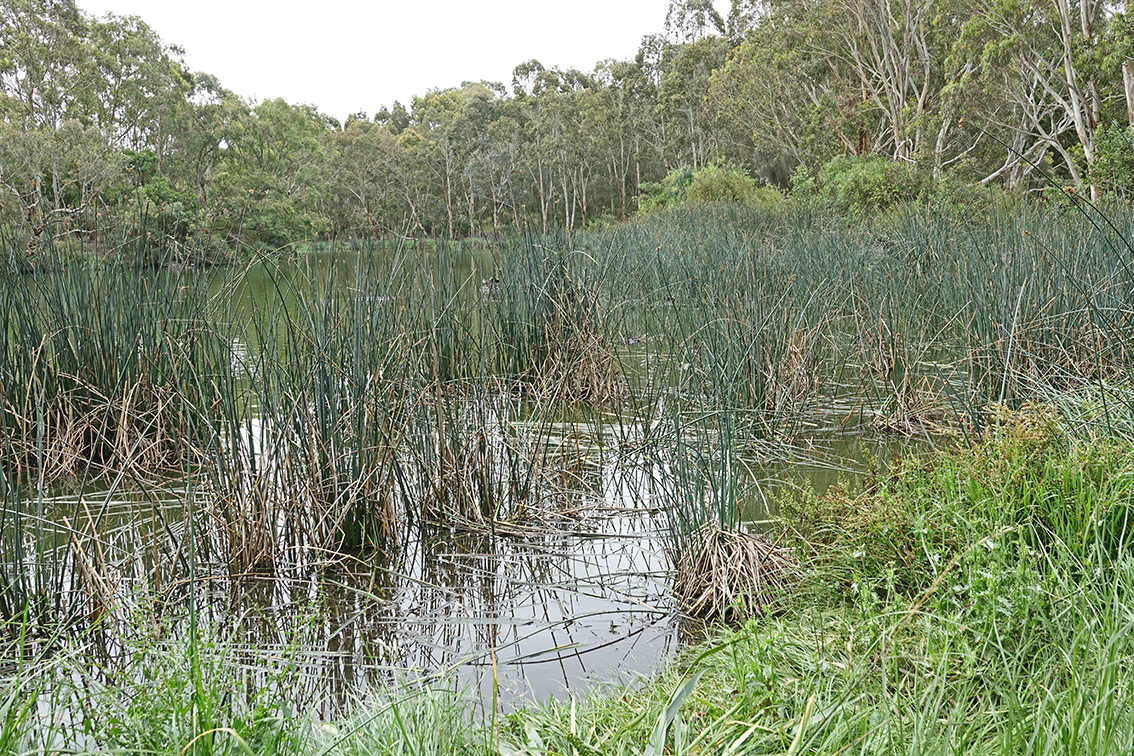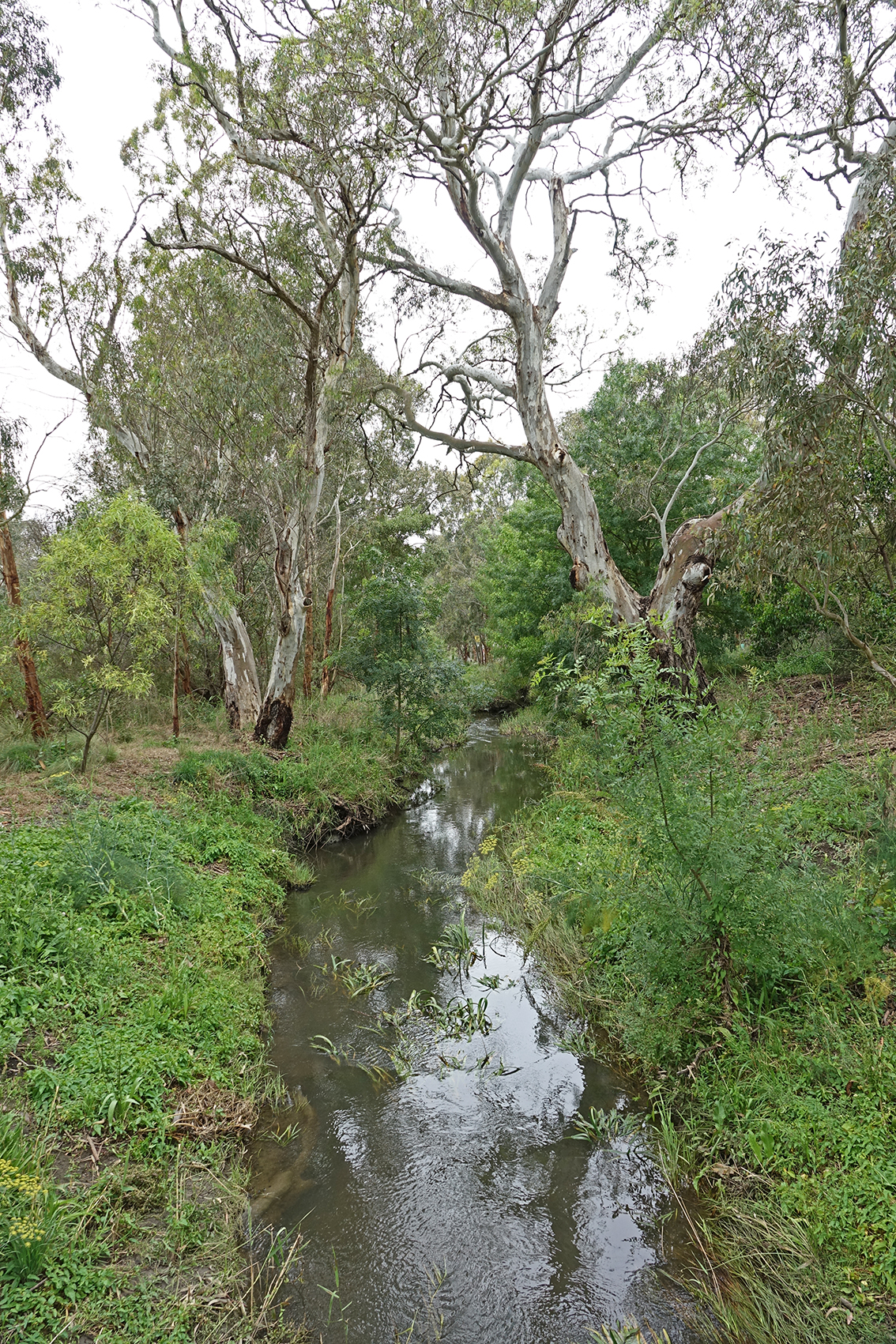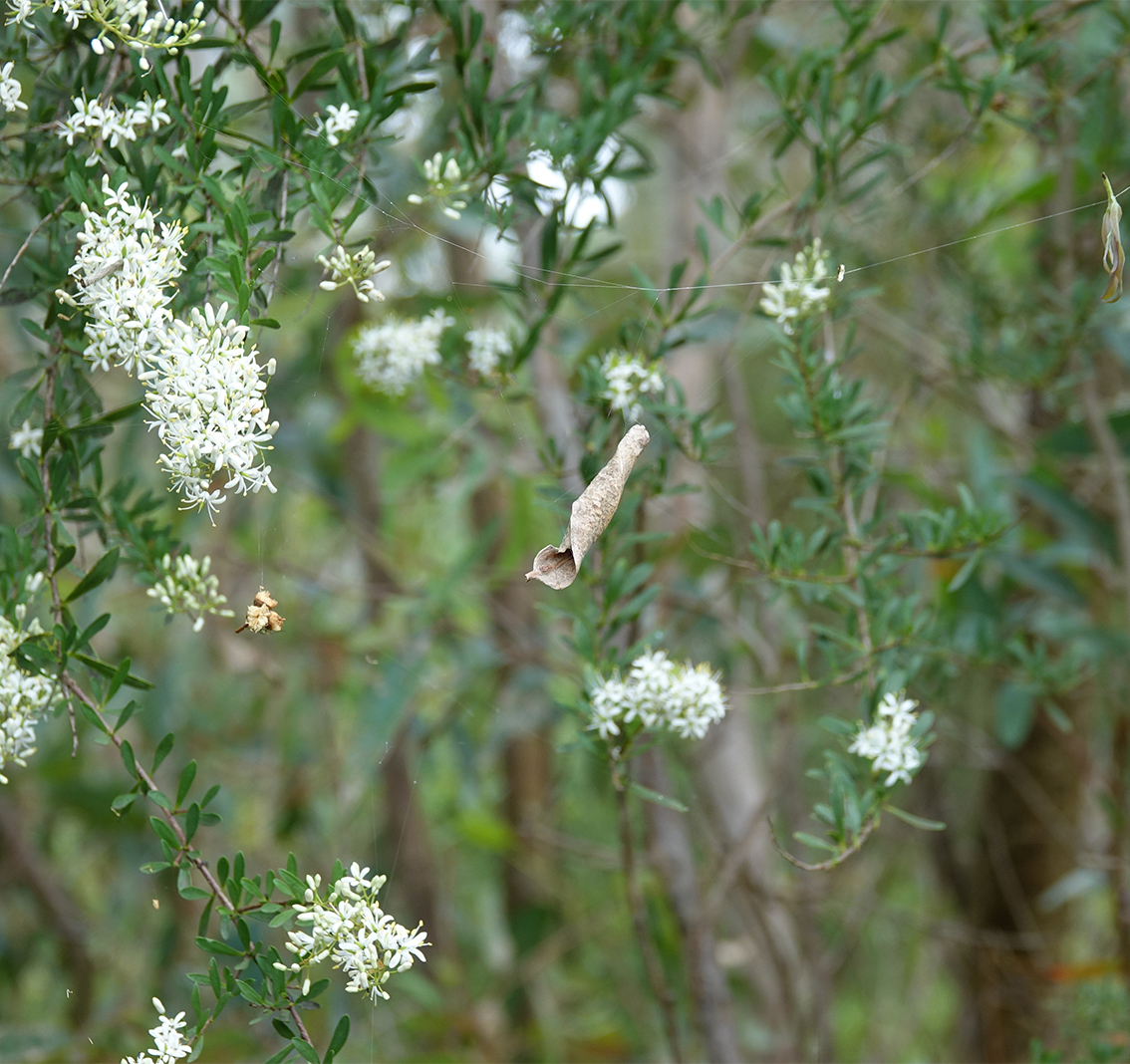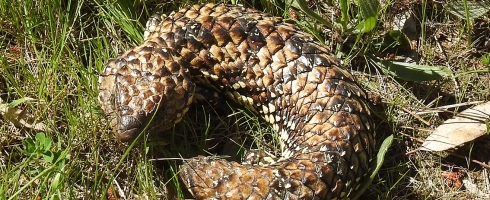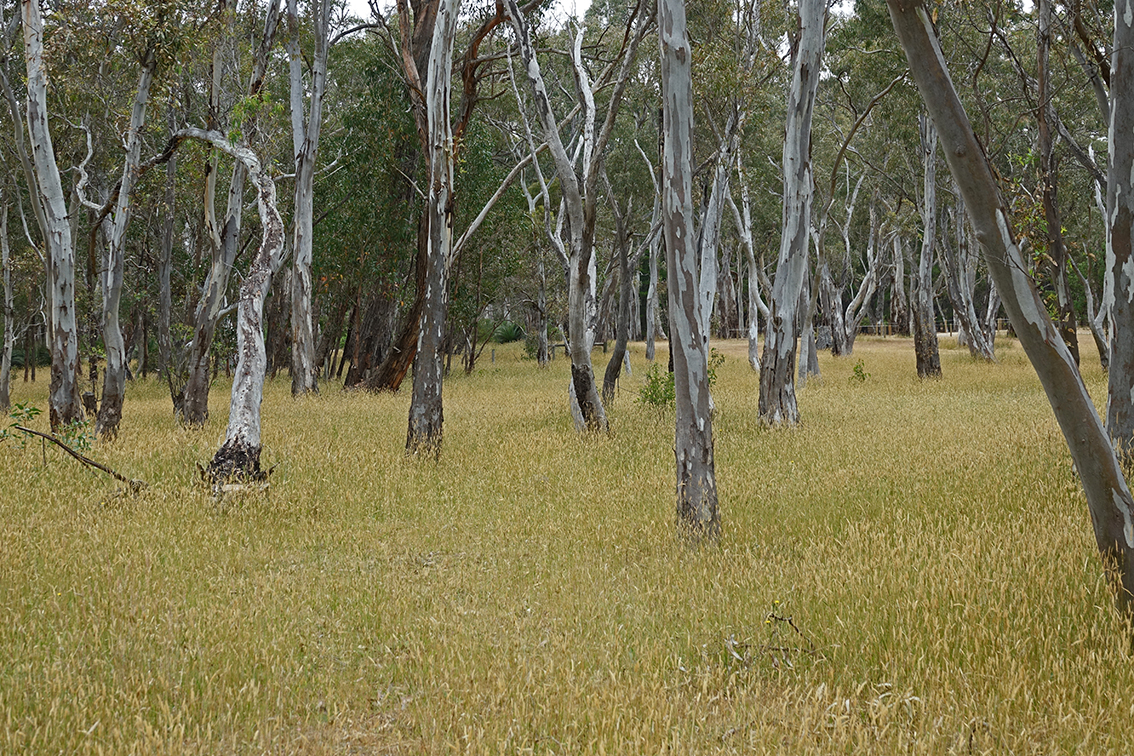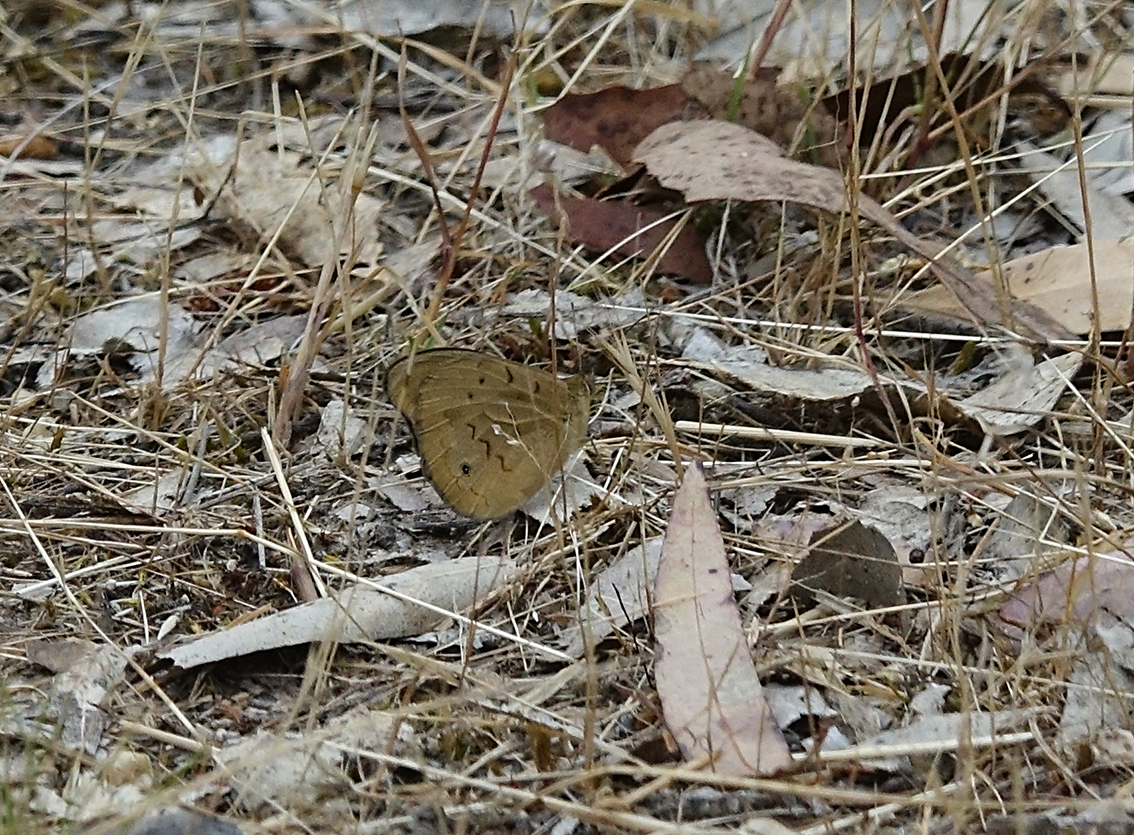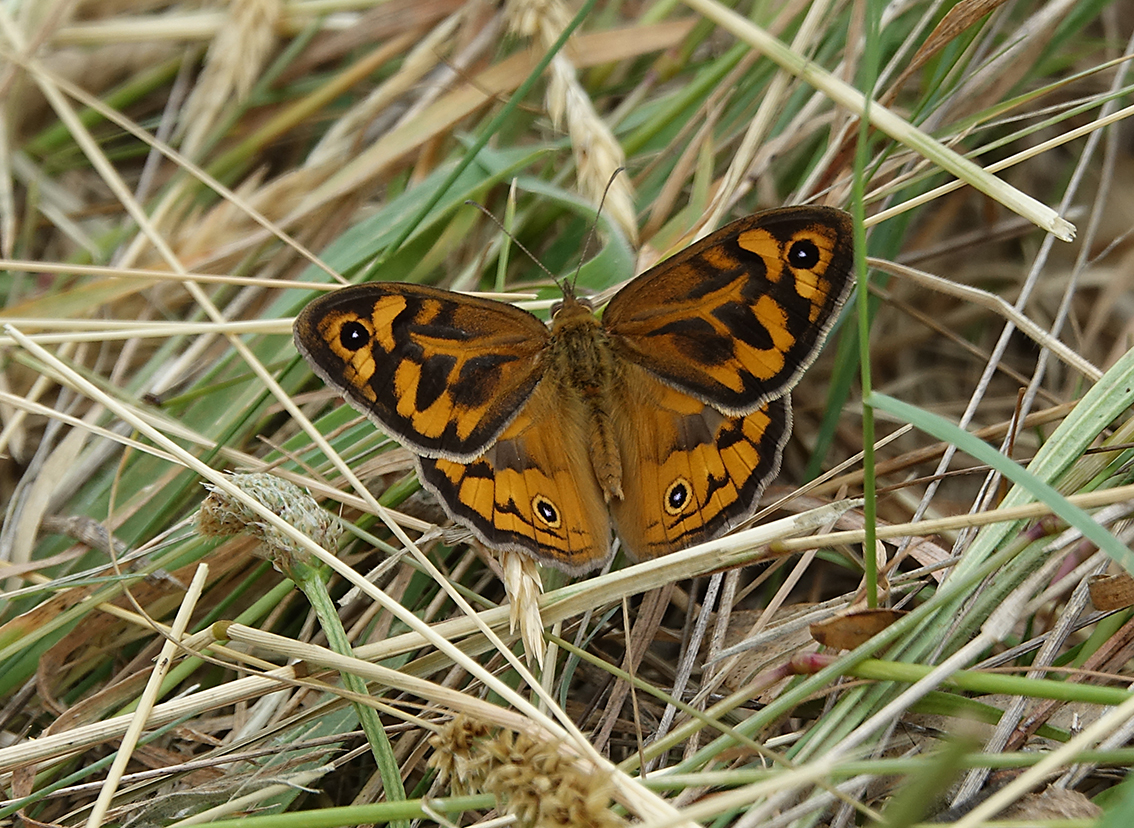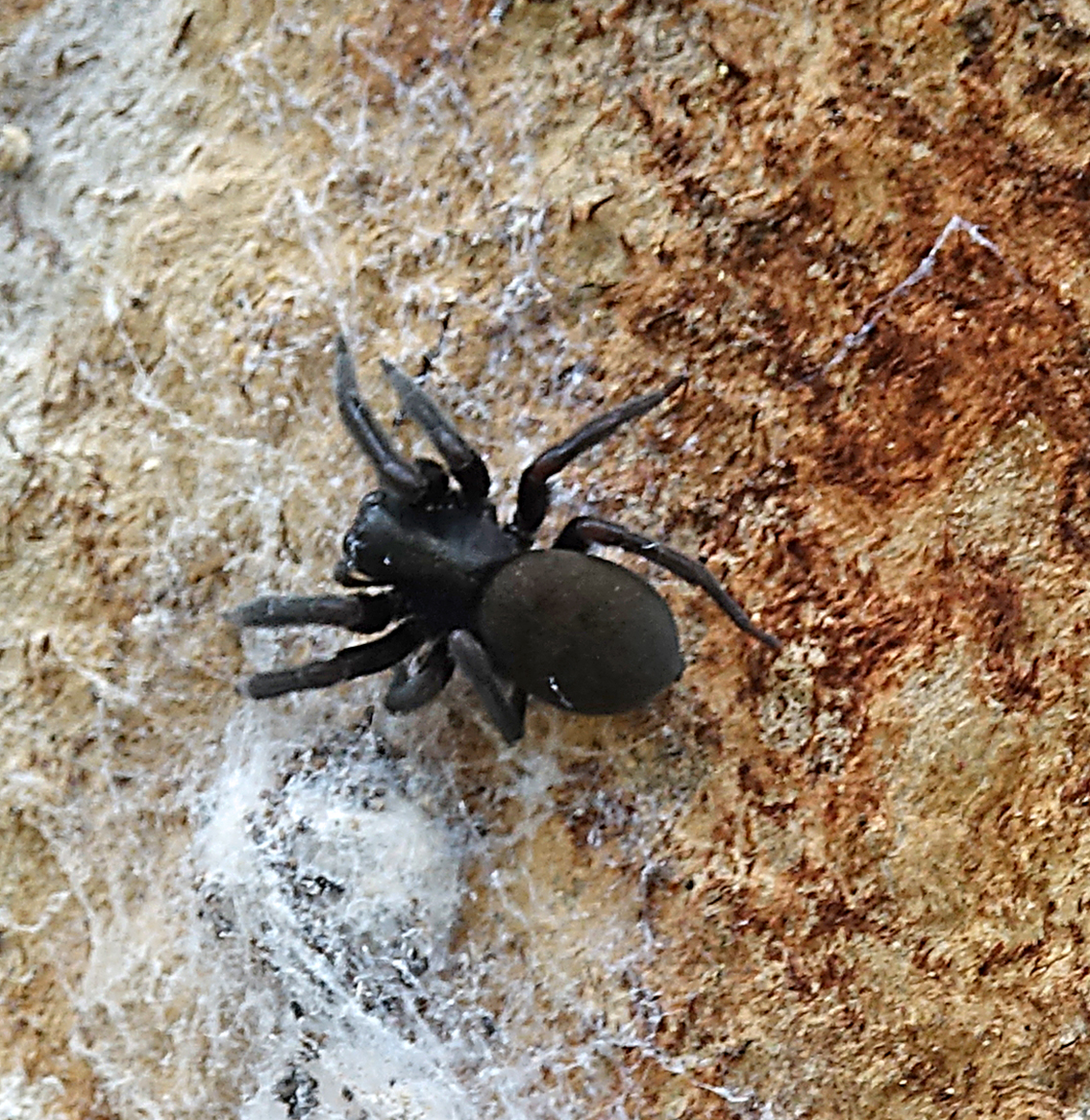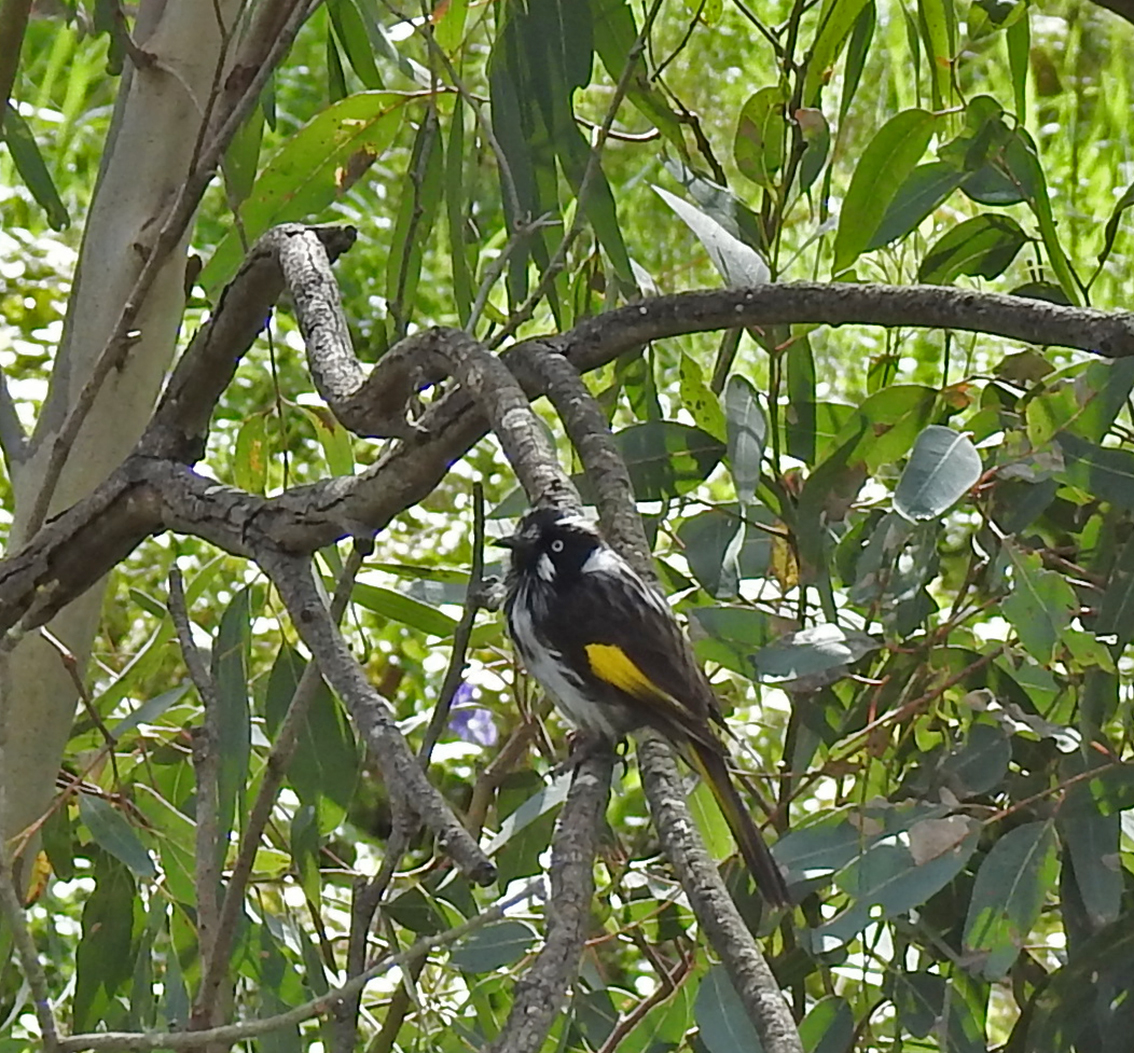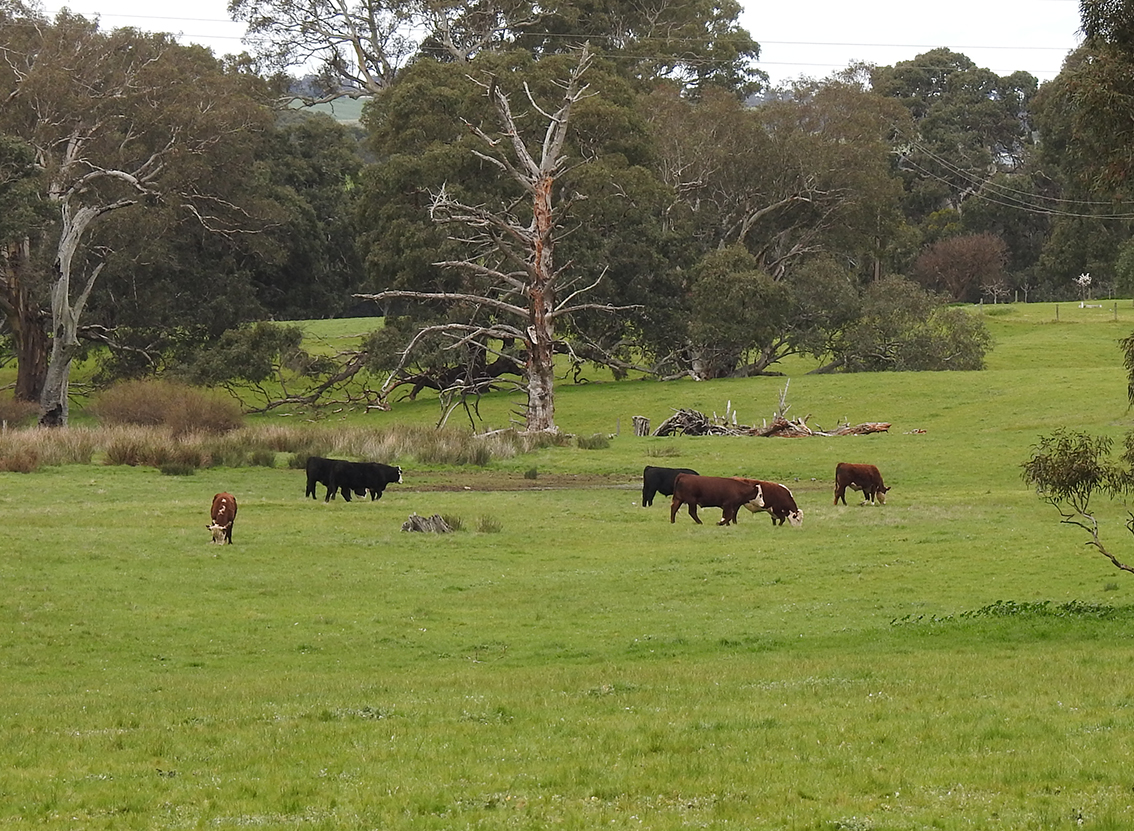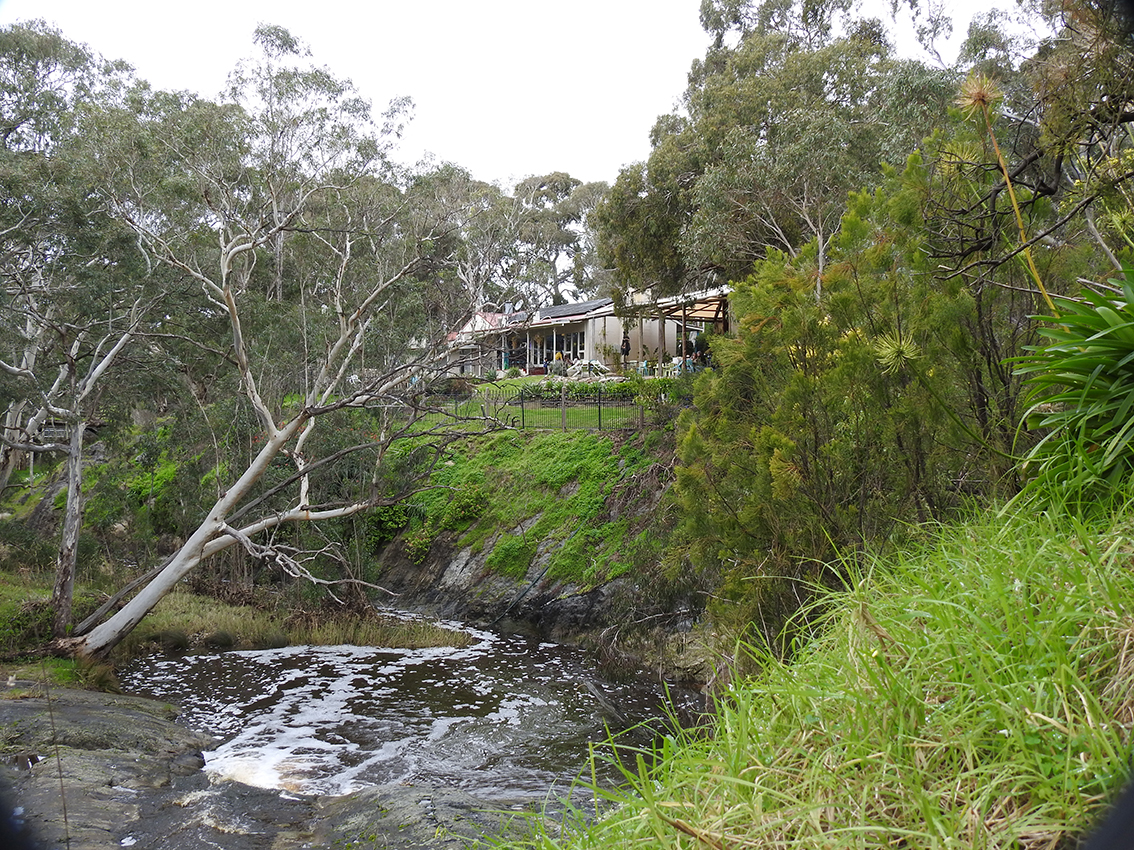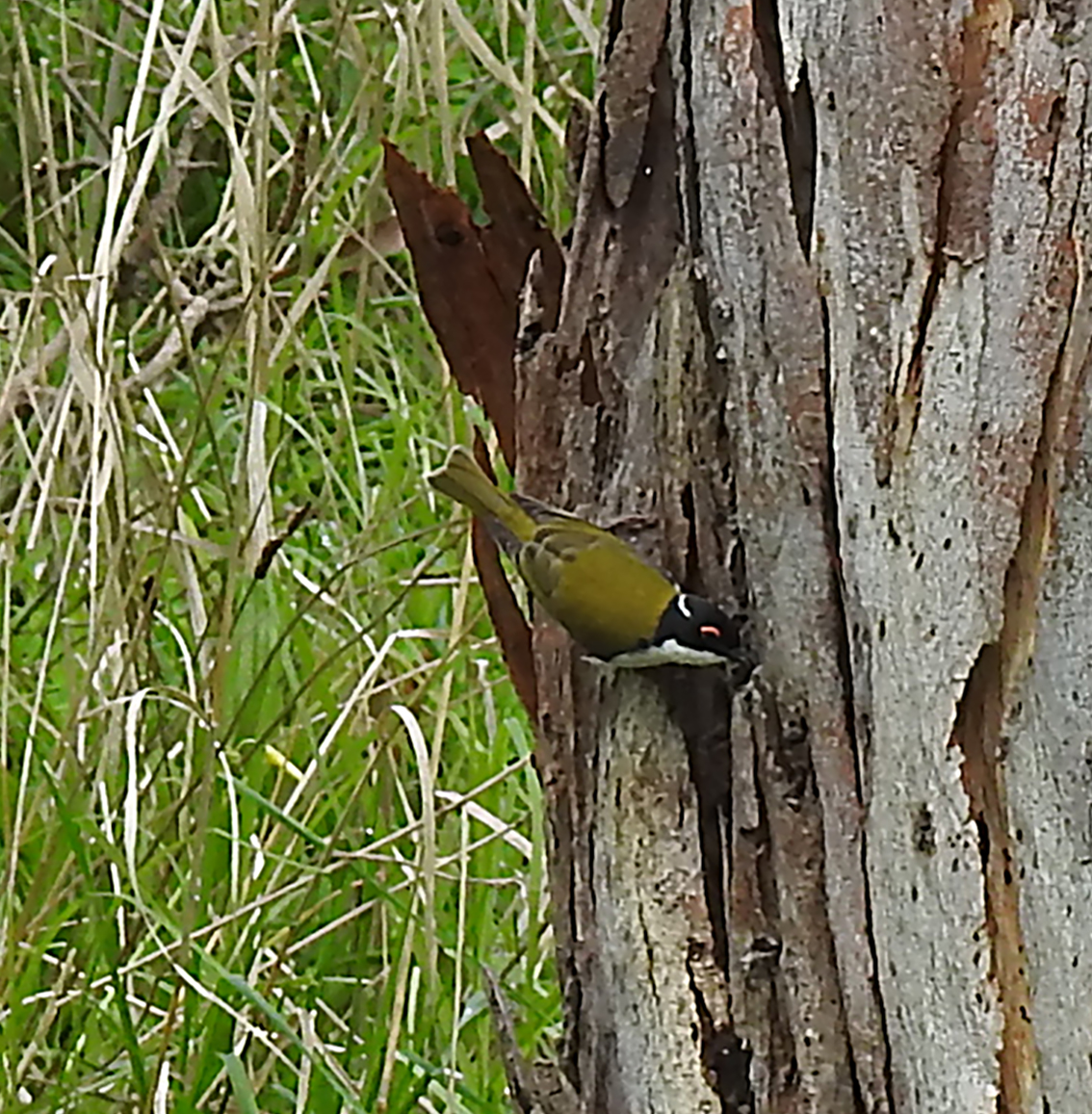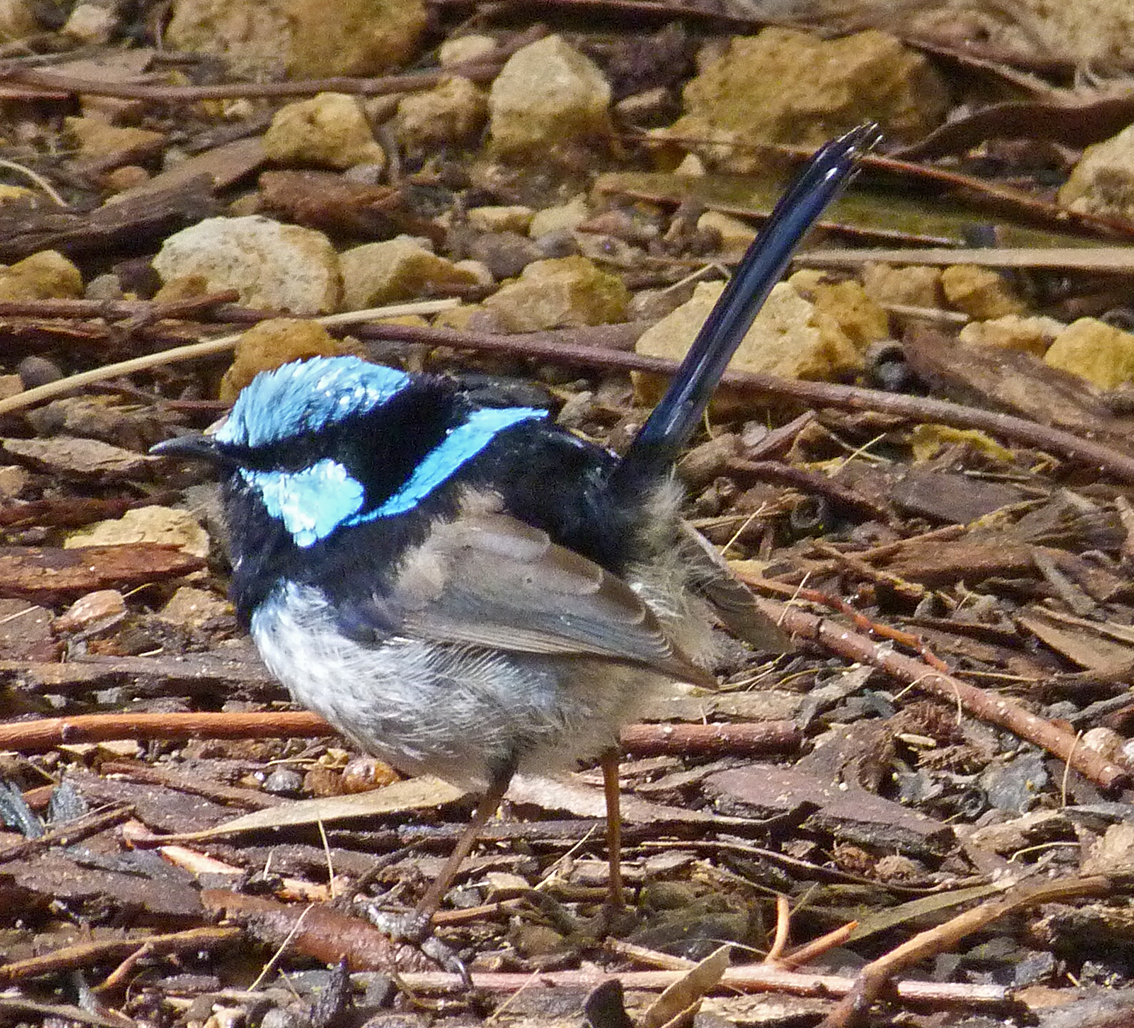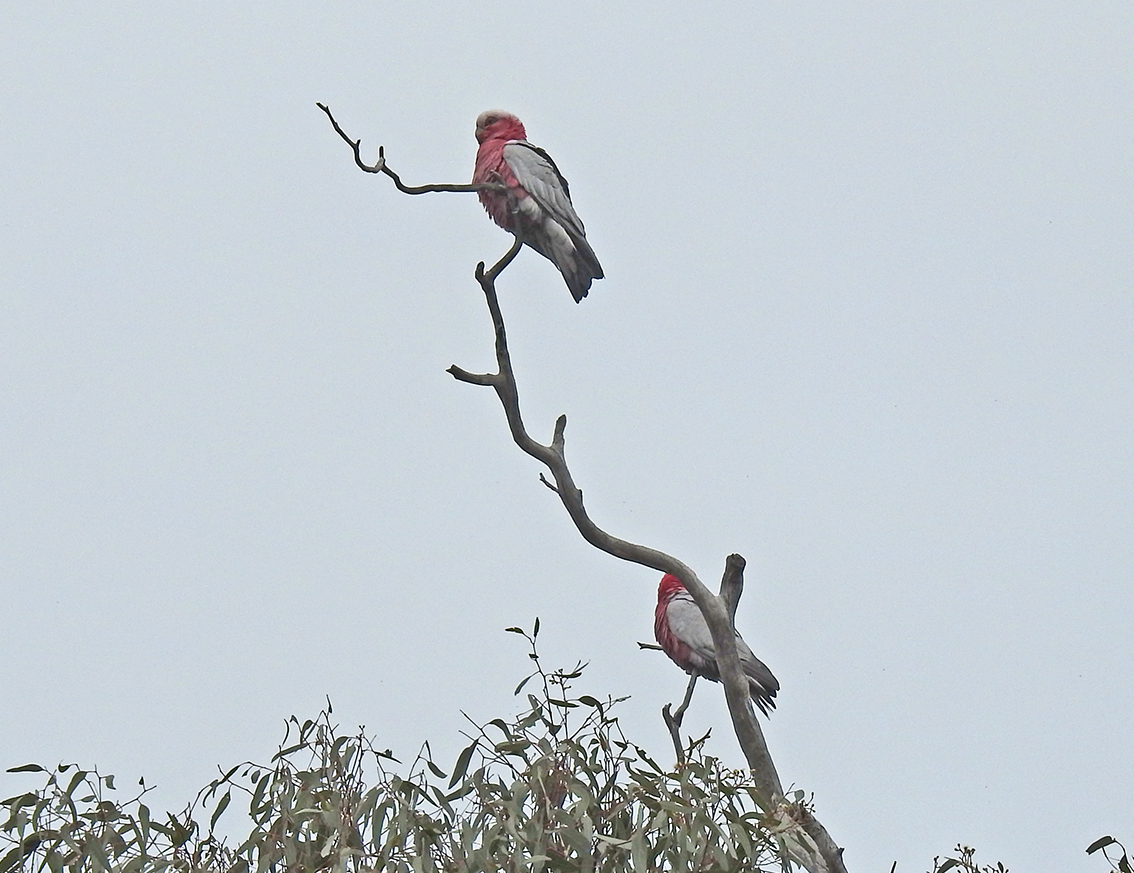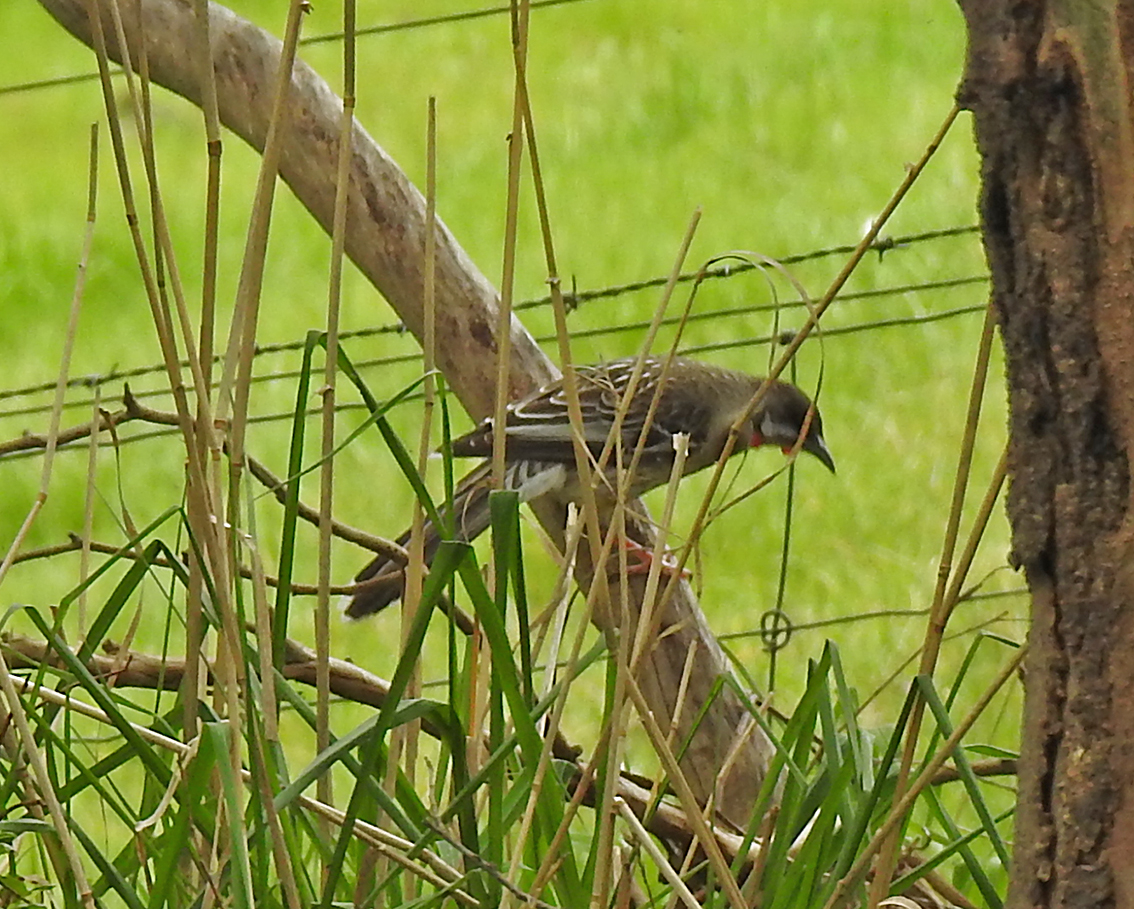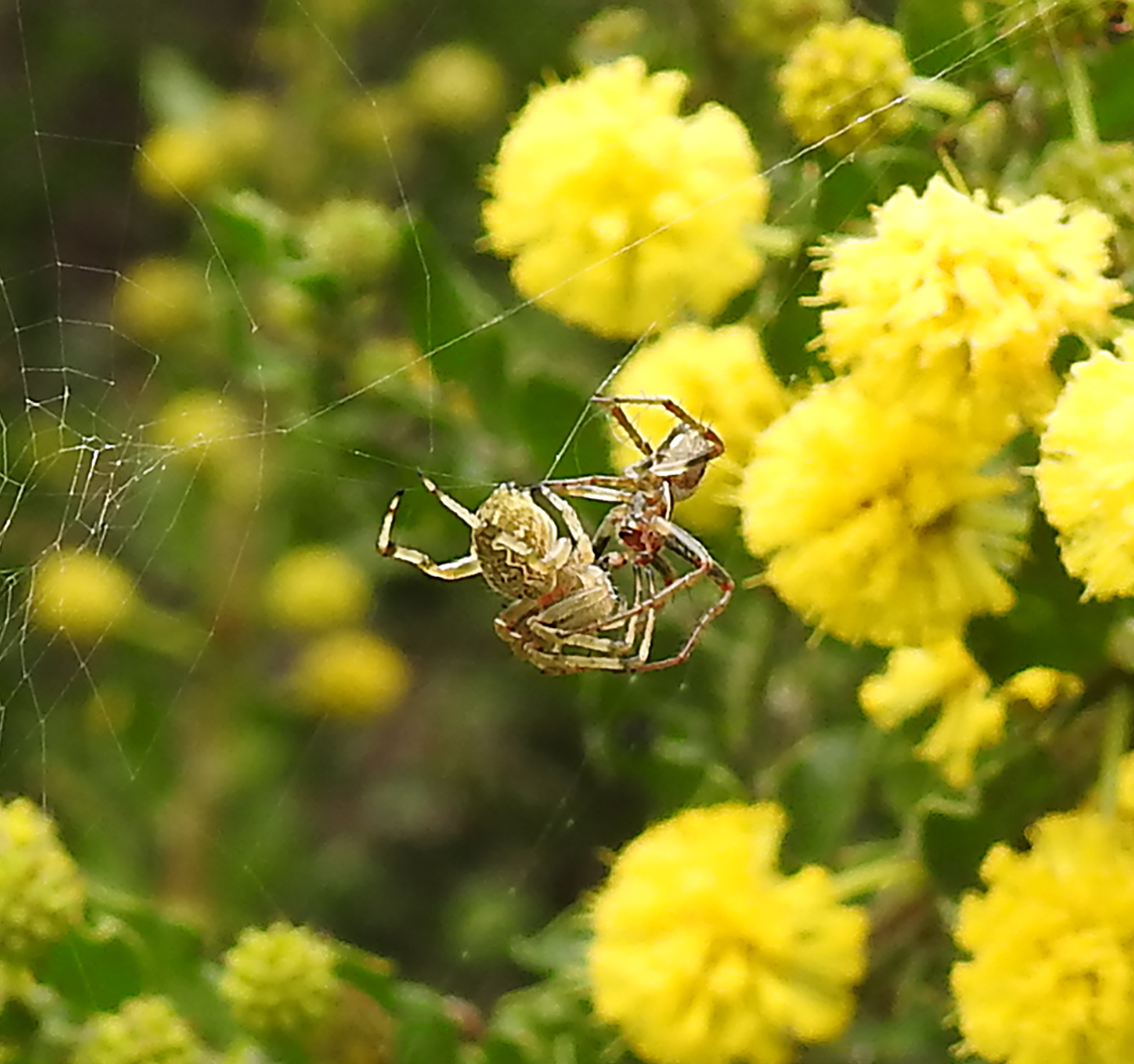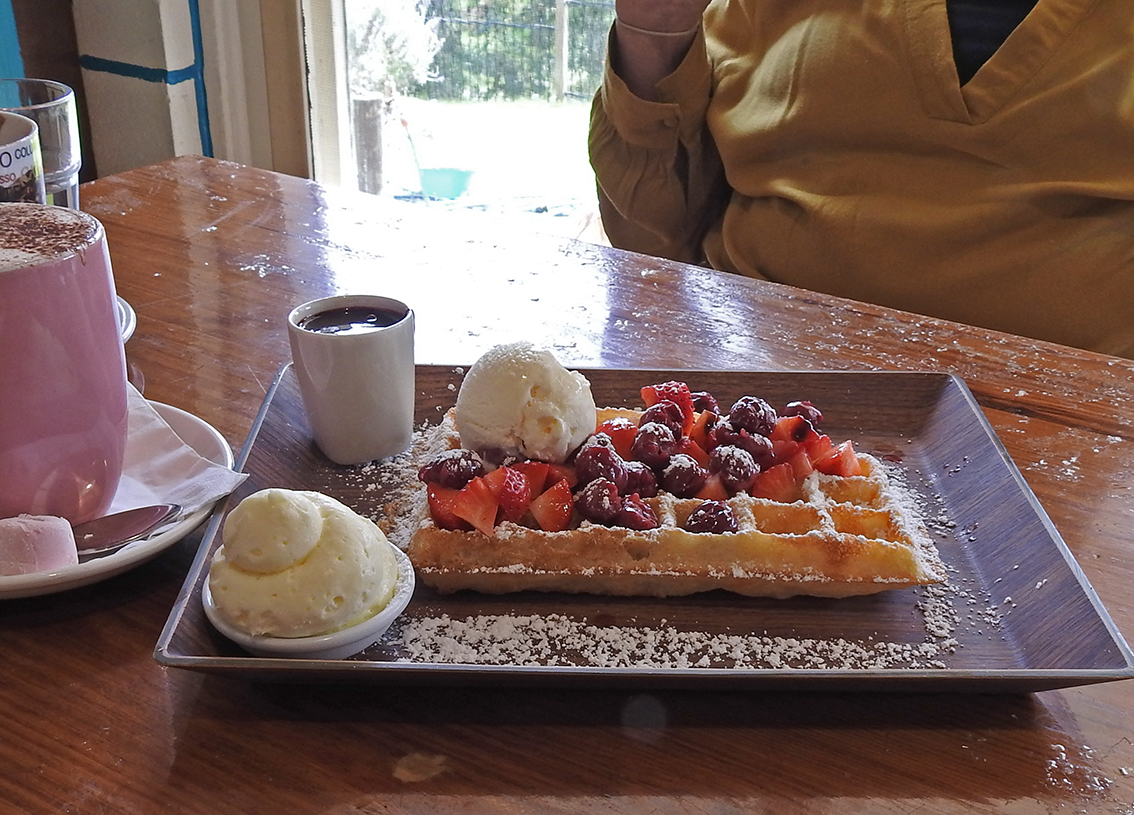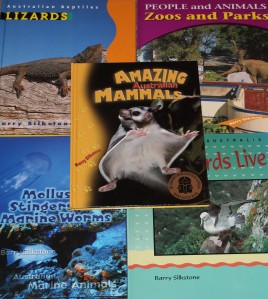Dear Reader:
There is a pair of White-plumed Honeyeaters perched on a branch about thirty metres away. I think one is an adult which has just fed its well fledged chick.
The Pines Conservation Reserve is a five-minute drive from the historic township of Kapunda. It encompasses the old reservoir which once serviced the town and its mining community. Today the reservoir is dry after a long summer with little rain.
From the park’s entrance where I spotted the honeyeaters, I follow a looped trail leading to the reservoir. There are Galahs and rosellas flying through the trees and scrub and I can hear the twittering calls of smaller birds in the canopy and bushes.
On the side of a nearby slope I notice a classic 1800s cottage which has been renovated and is now privately owned. Nearby signage informs me this was once the residence of the Waterworks Manager.
Nearby, there is a bird hide which would stand on the edge of the water when the reservoir is full. There is a visitor book of observations which recounts animals observed. One recent notation mentions an Echidna shuffling underneath the hide.
I sit in the hide for a few minutes and watch several different species of birds drinking from a small trough which appears to have a permanently piped in water supply. I am particularly excited to see a pair of White-naped Honeyeaters at the trough.
From the bird hide, I backtrack a little and take the shorter route to the car park which passes across the top of the levy then down a slight slope. I stop to photograph the old Turncock building which regulated the water supply to the town.
From the top of the levy I am level with the middle story of the surrounding forest. I spot a Laughing Kookaburra half hidden in the branches and an Australian Tree Creeper on the trunk of a skeletal, old eucalypt.
The walk has been quite successful though for this time of year, with little water and most of the flowering trees and shrubs dormant, the wildlife has been hard to spot and photograph and I have had to rely on the extreme magnification that my Nikon P900 embodies.
My final stops are in the town itself; firstly, the local craft and arts centre then for lunch at the North Kapunda Hotel.
Next time I visit Kapunda I will explore the town which has its own pond and urban wildlife as well as the nearby mines. I hope you enjoyed this post and look forward to my next one which will focus on the tourist oriented town of Hahndorf in the Adelaide Hills. Yet another destination in our wonderful state
Cheers
Baz
Additional notes
This is an easy walk and drive which is quite suitable for families and seniors with public toilets, a shelter, parking and other facilities nearby. It is dog friendly.
Please pass on this blog title and or contact information (URL) to any person or organisation with an interest in taking walks and enjoying wildlife in SA.
Click on these links and see more South Australian stories and pictures in my Weekend Notes articles as well as locating similar blogs on Feedspot’s top 20 Australian wildlife blogs













